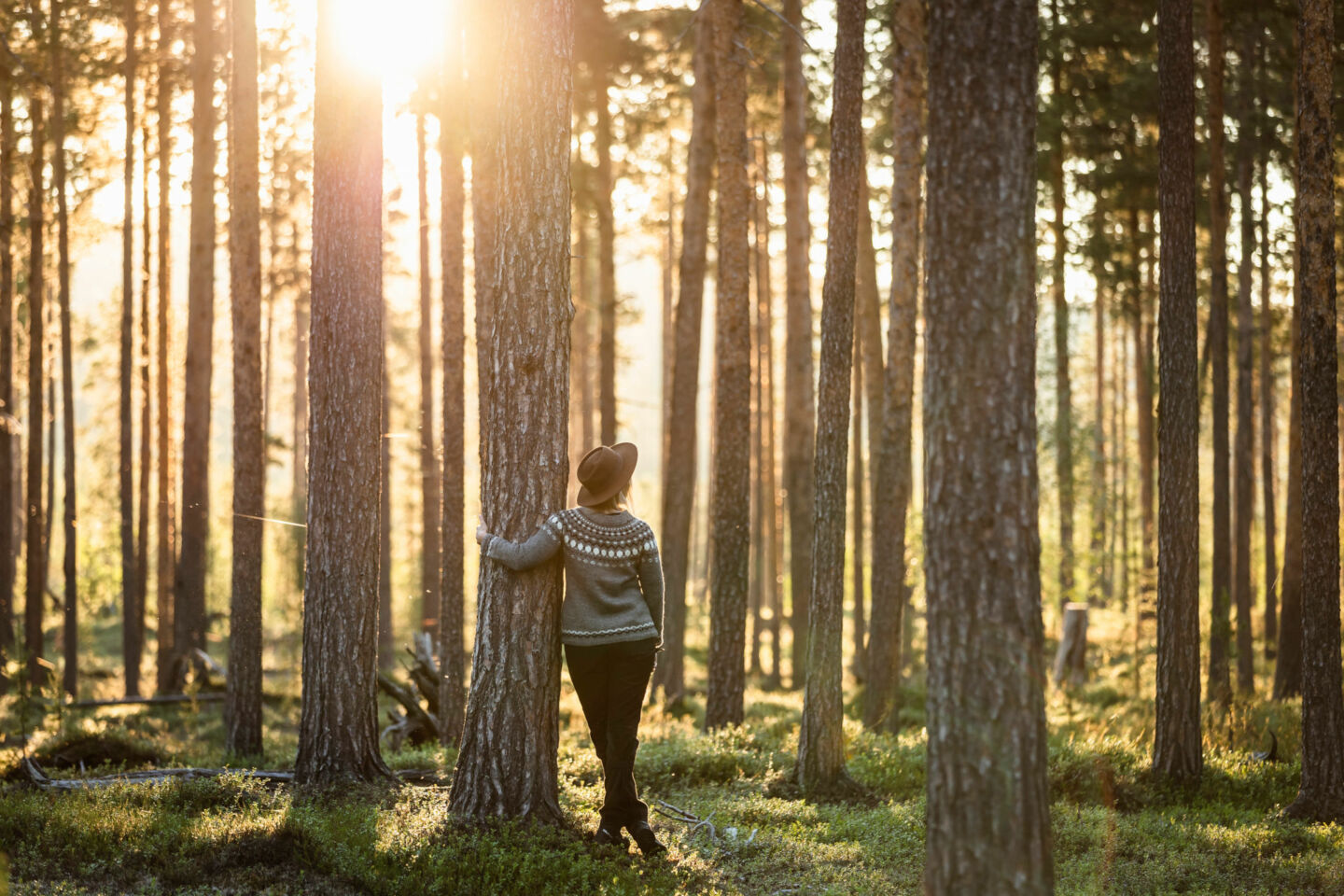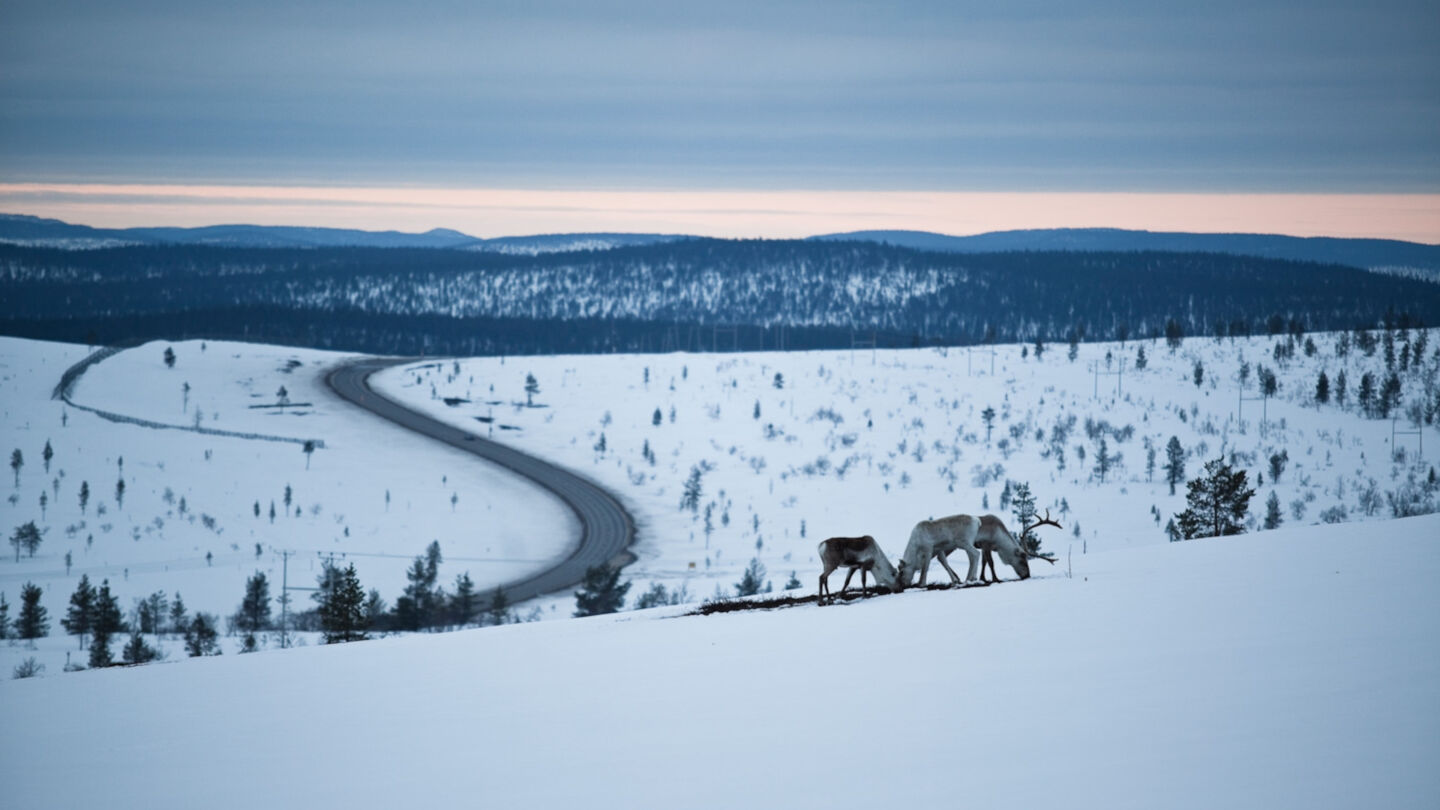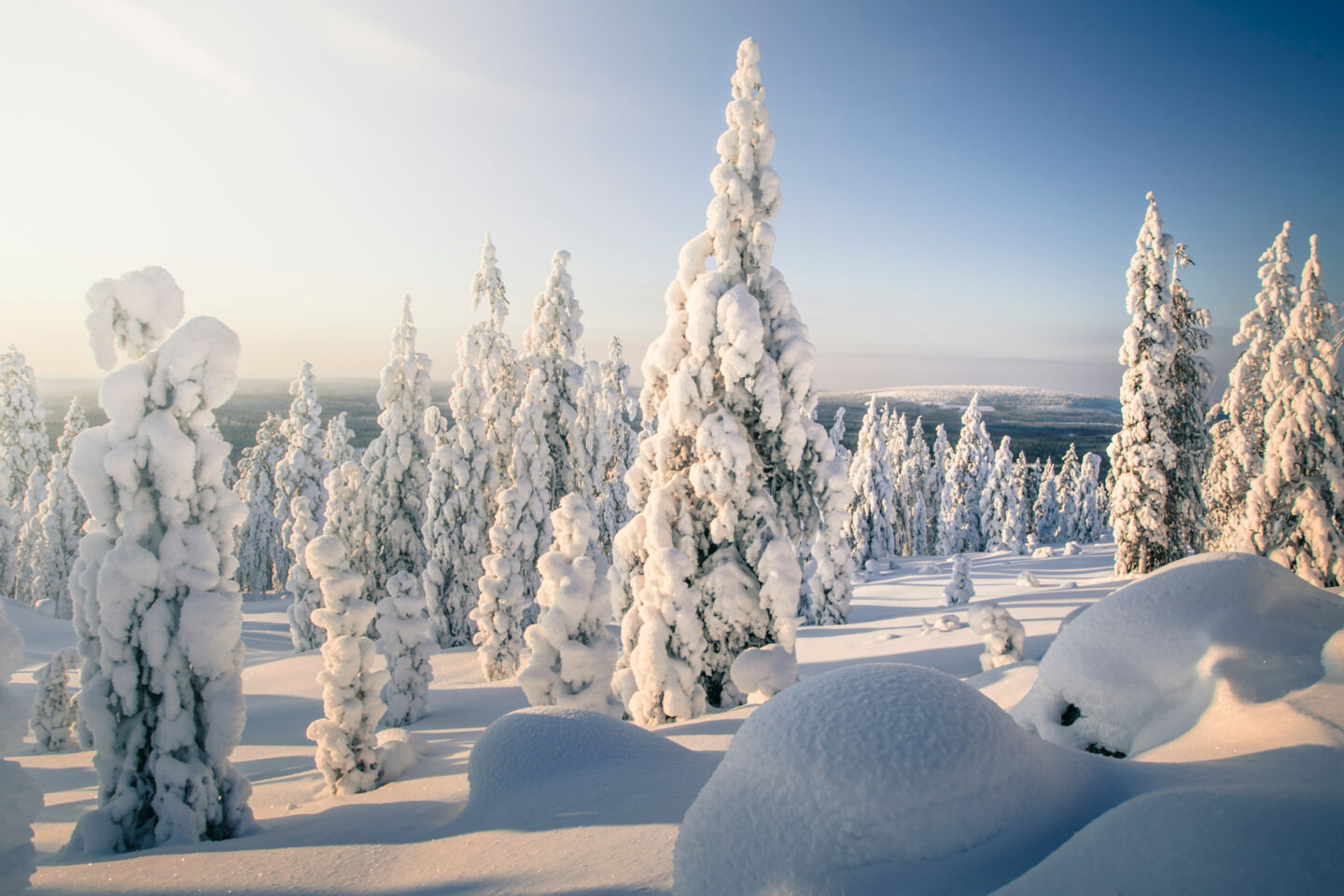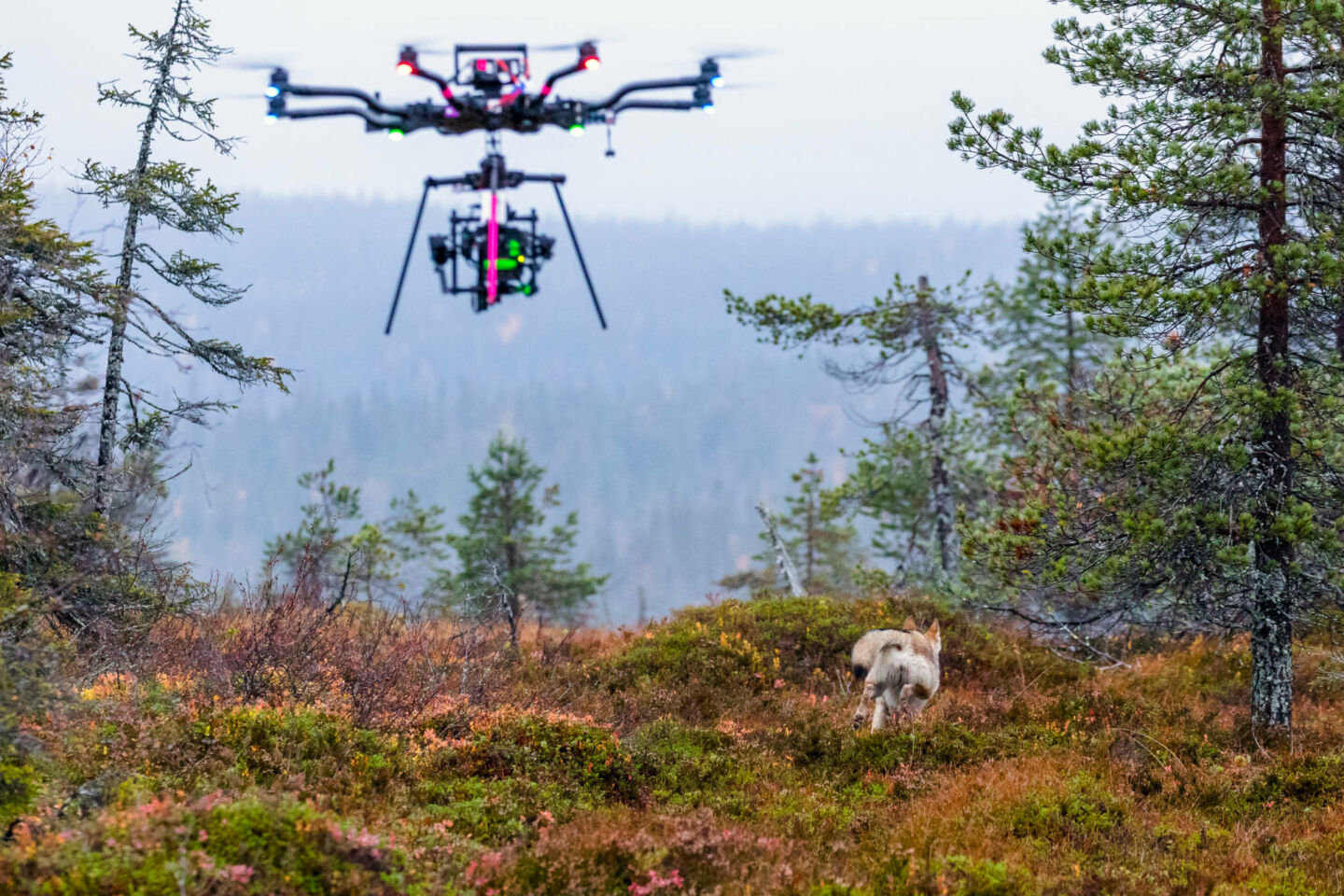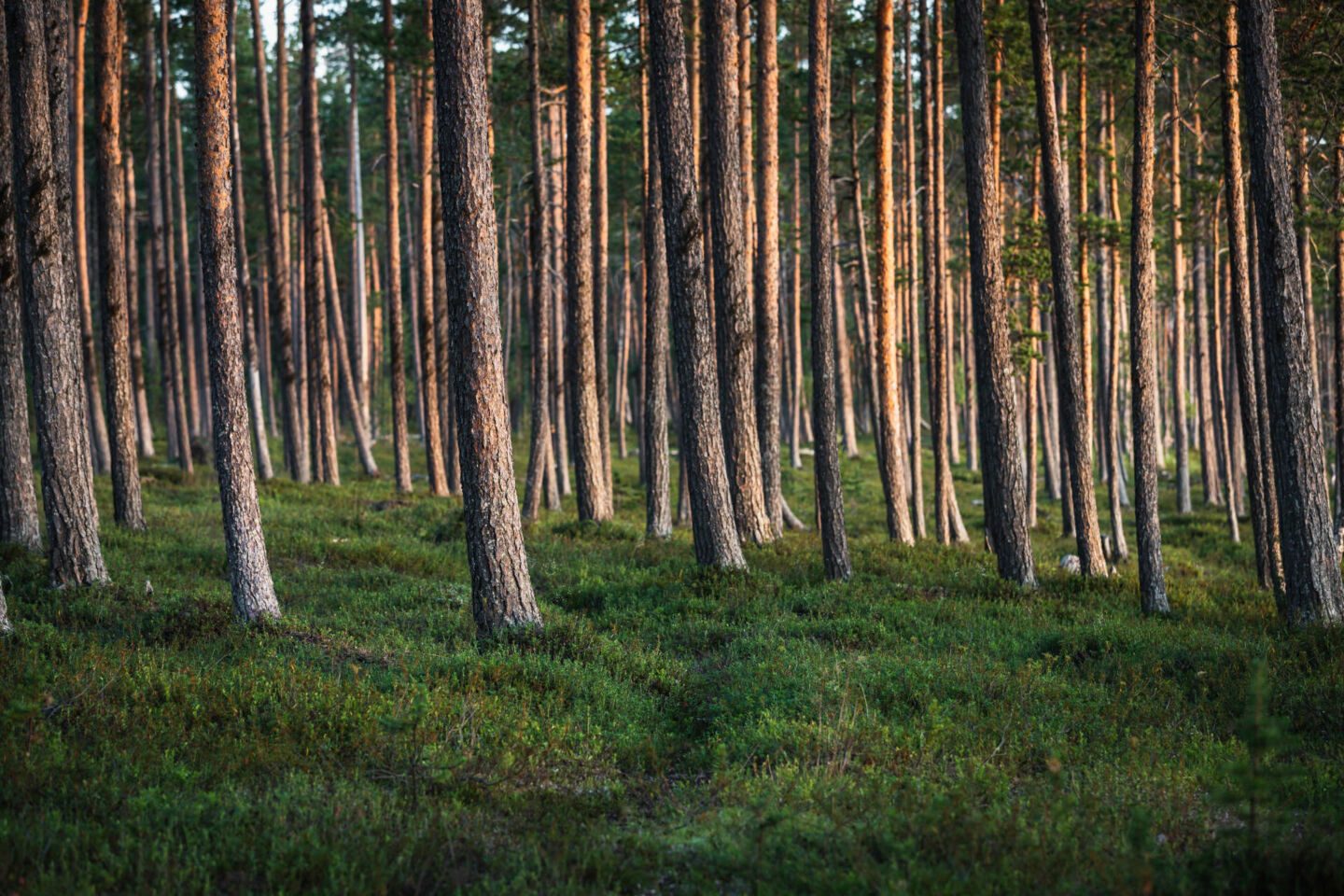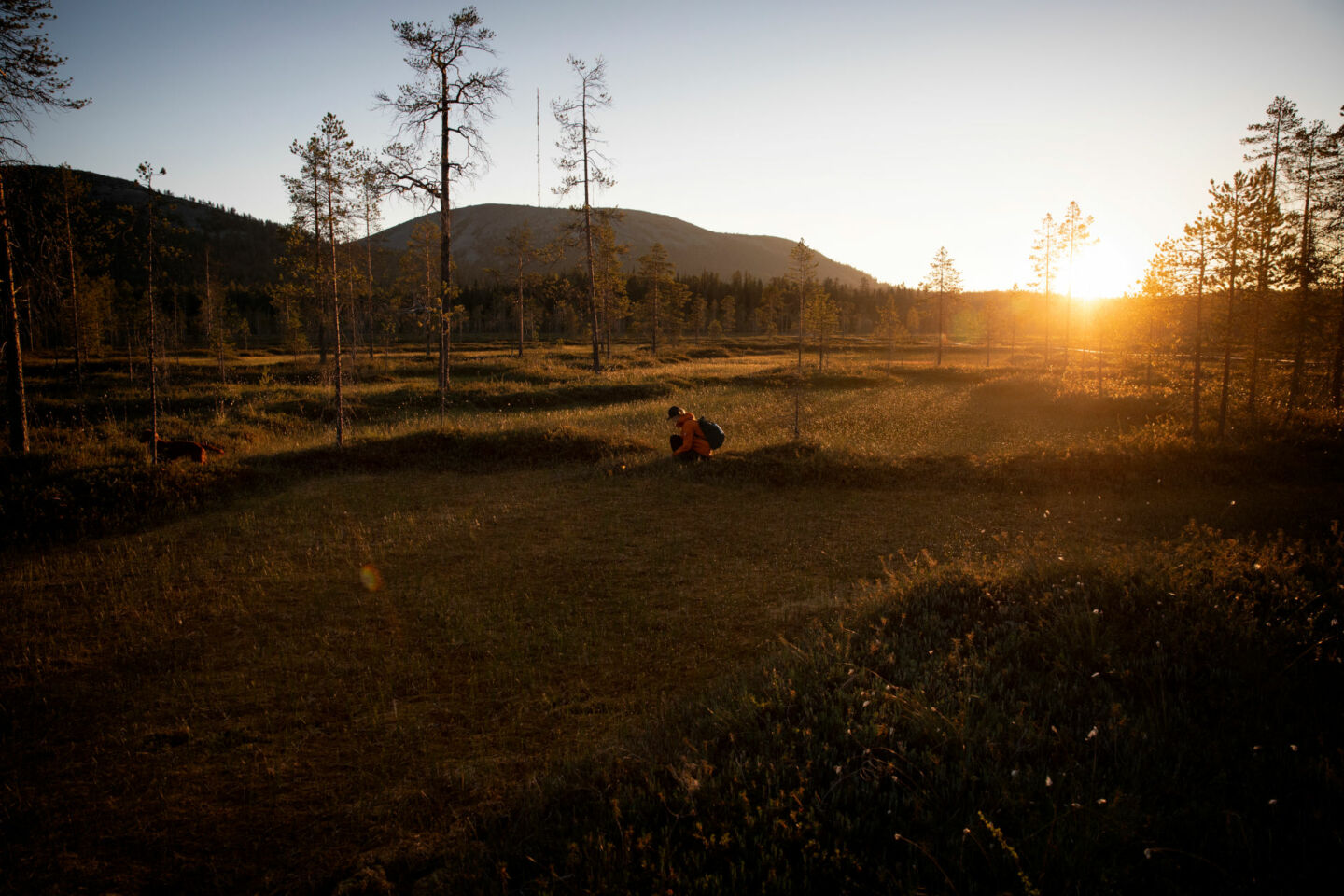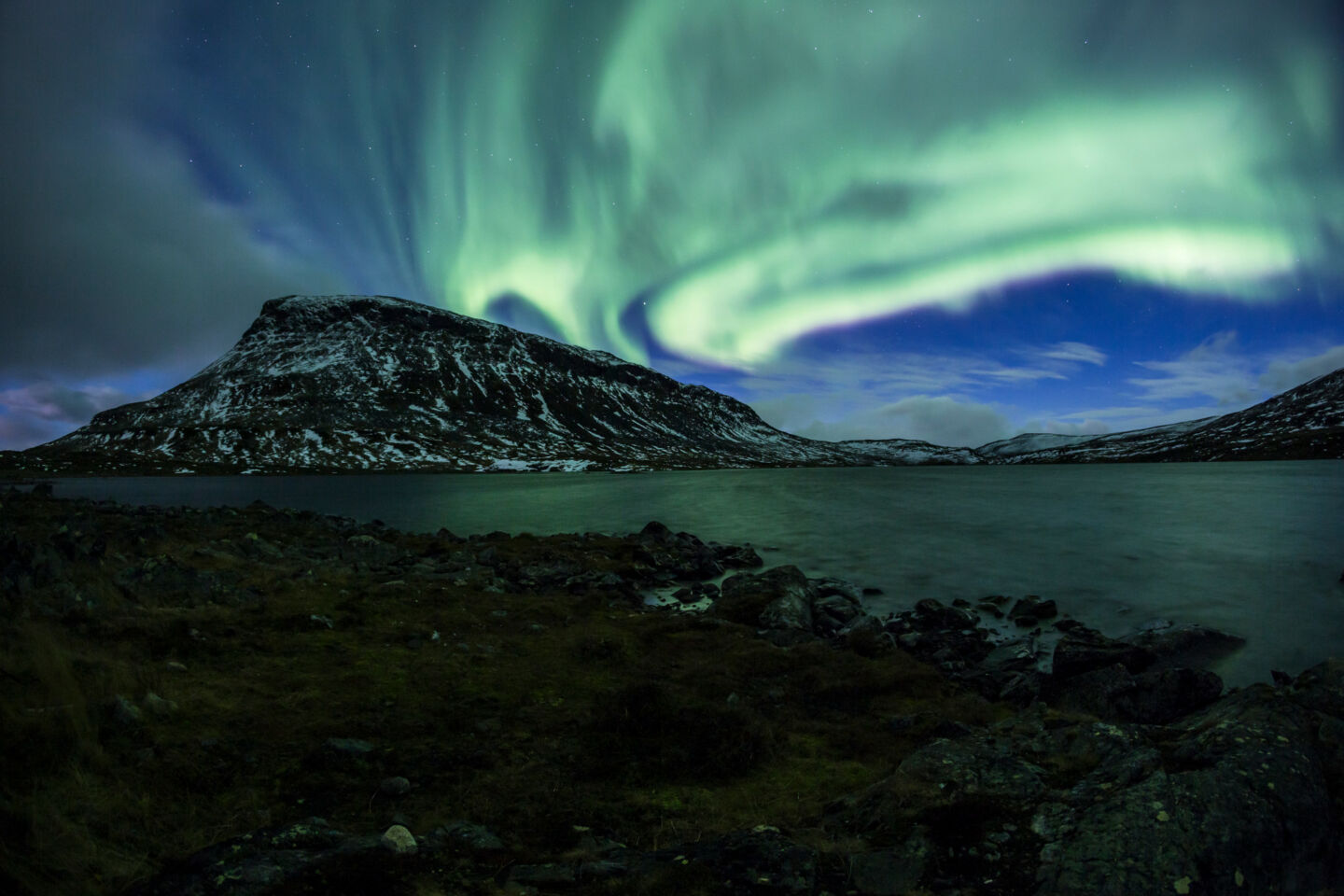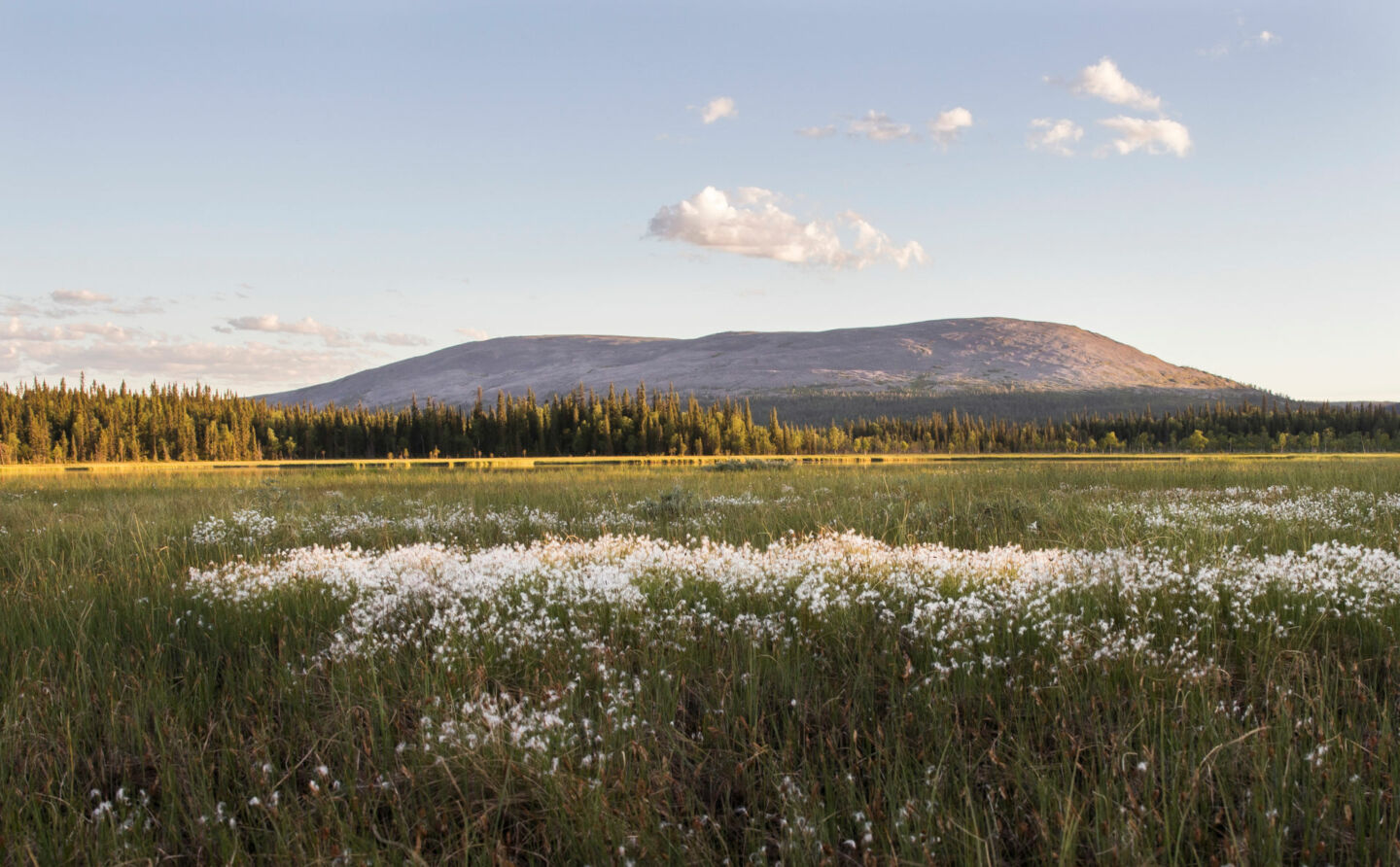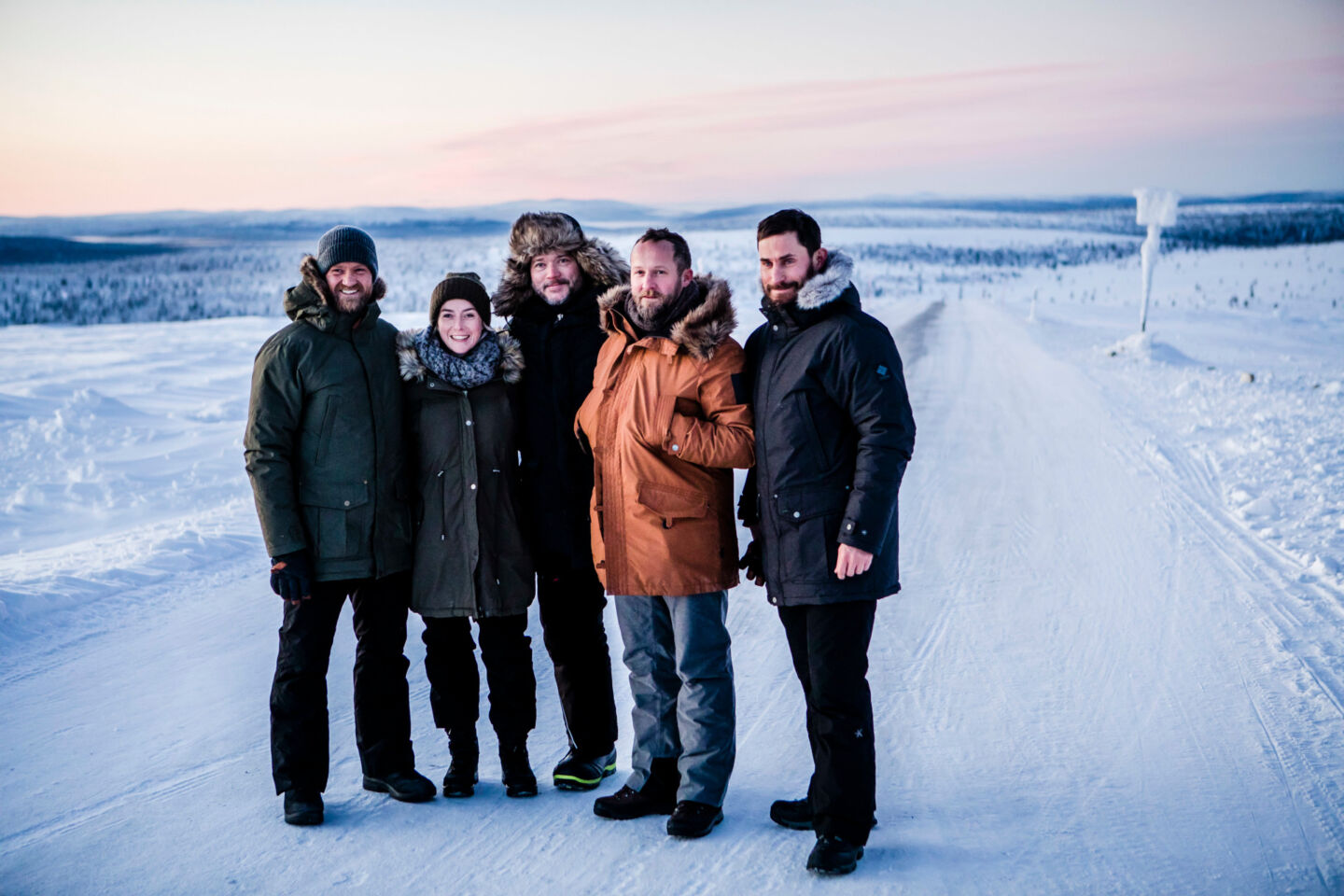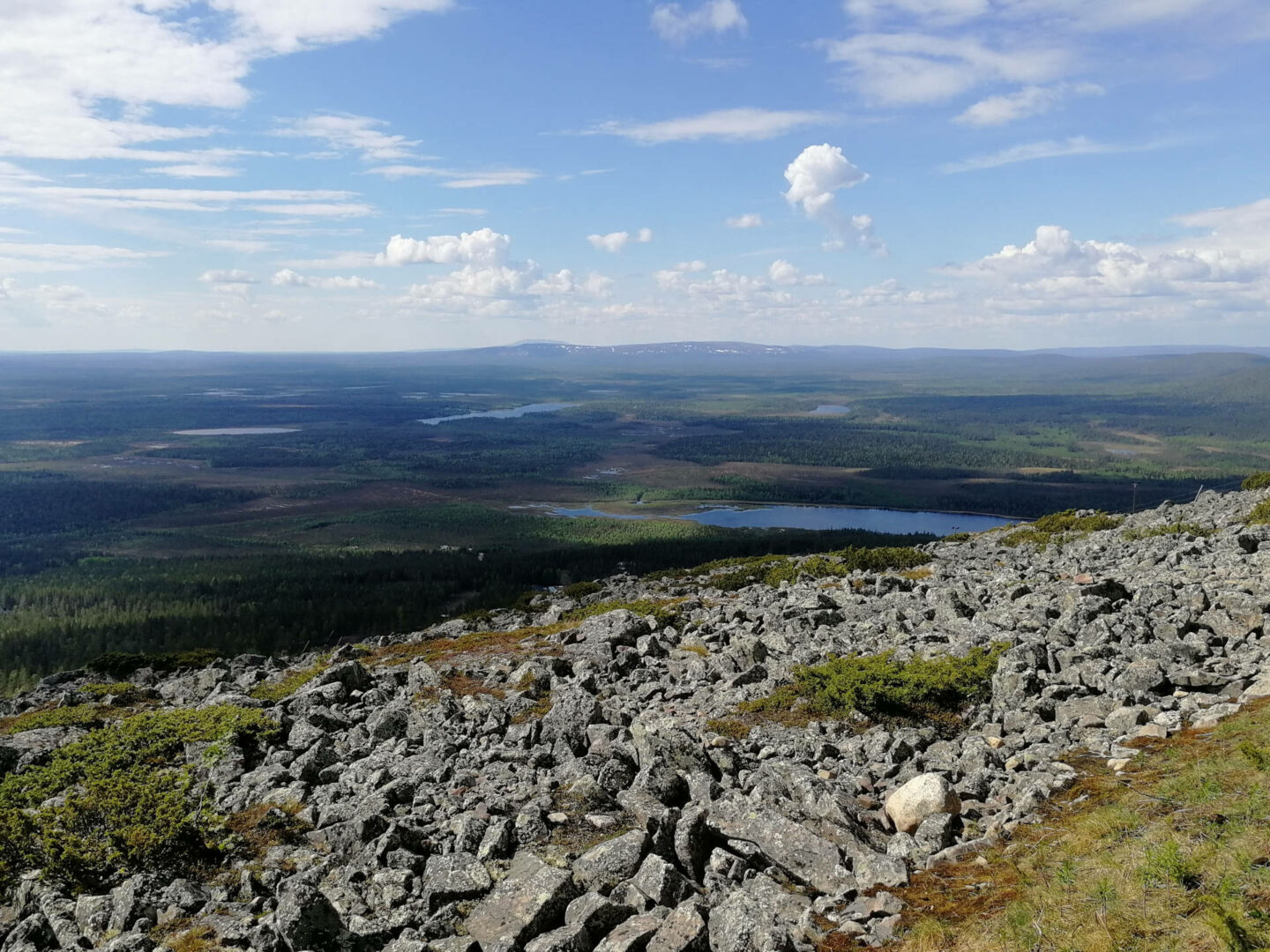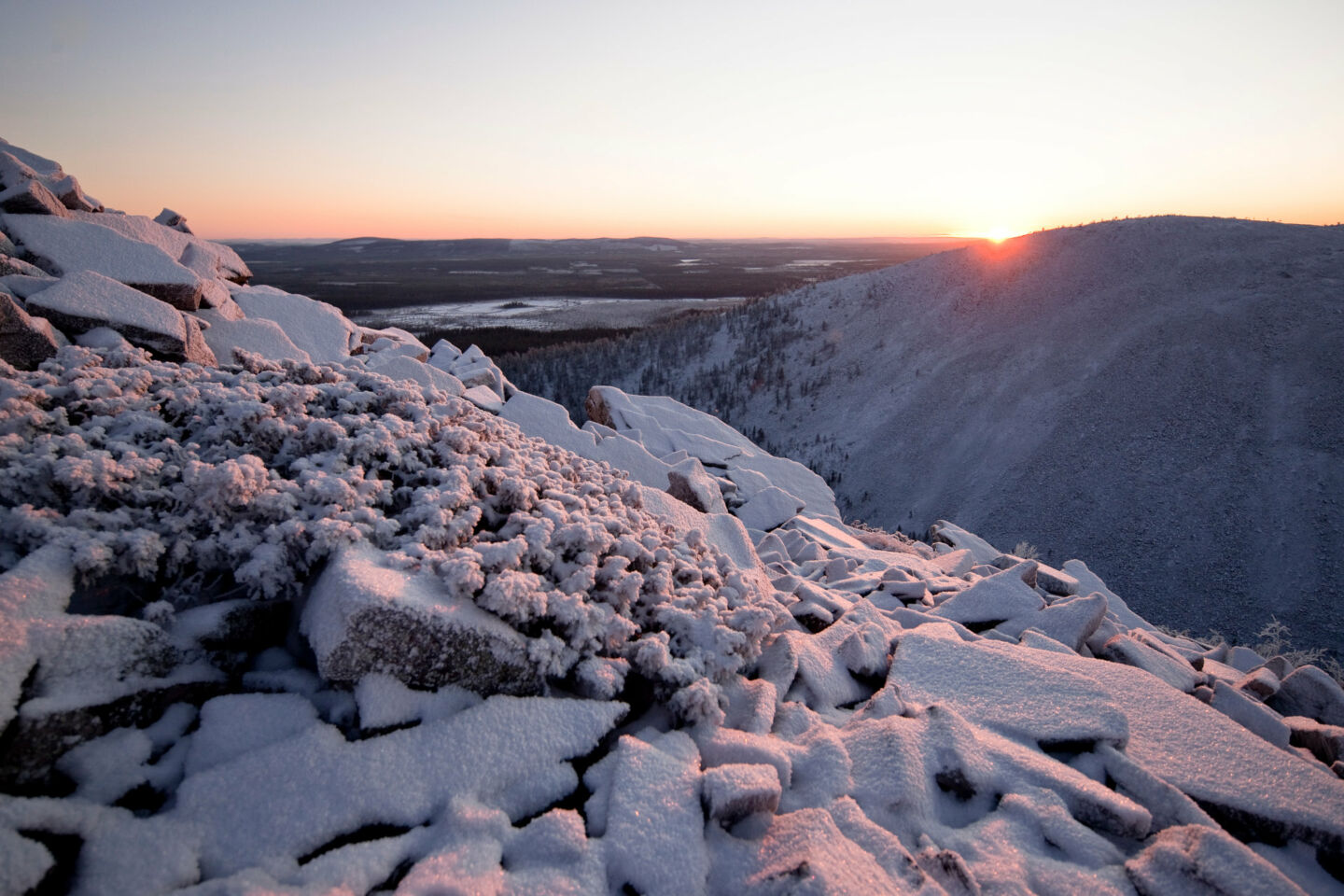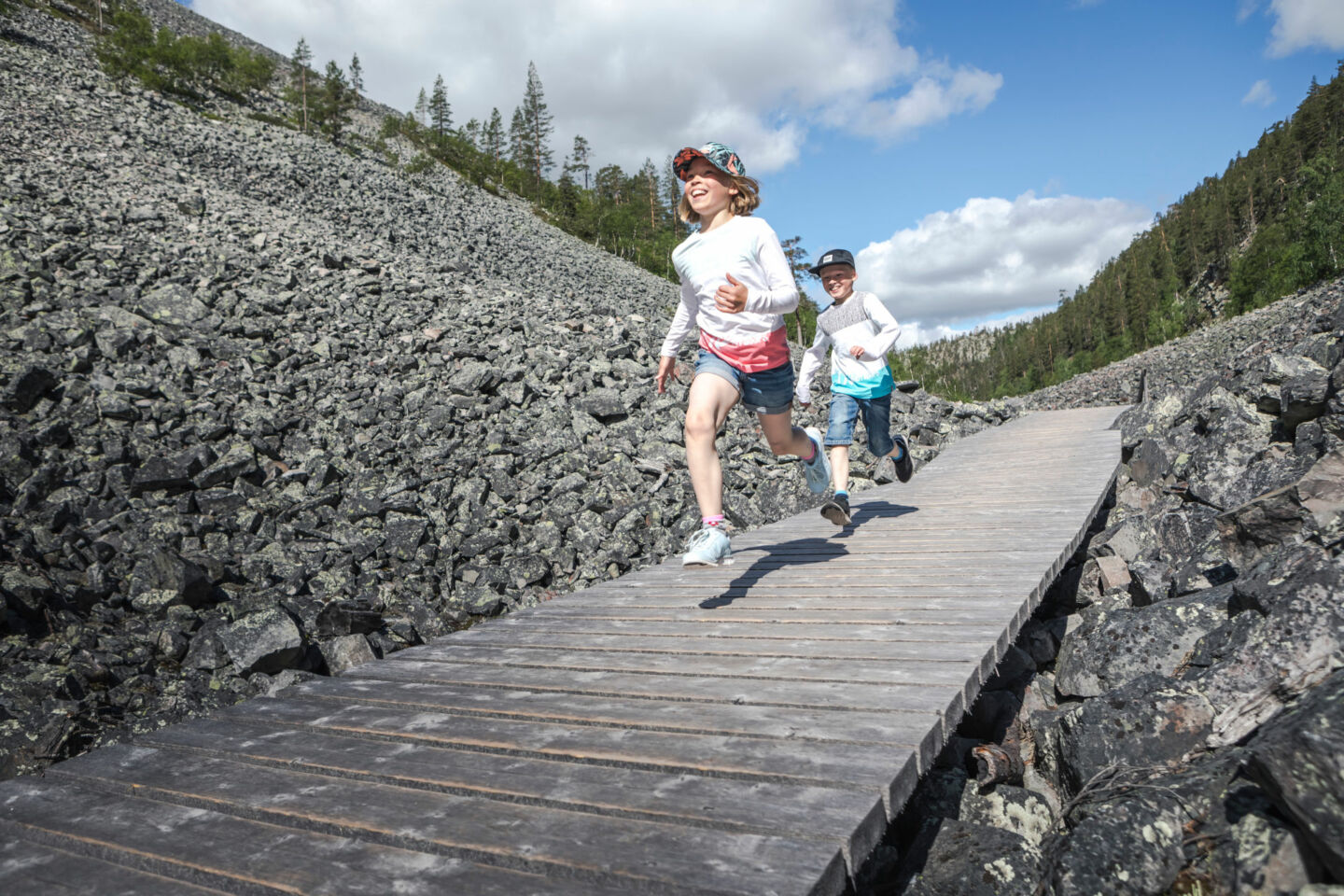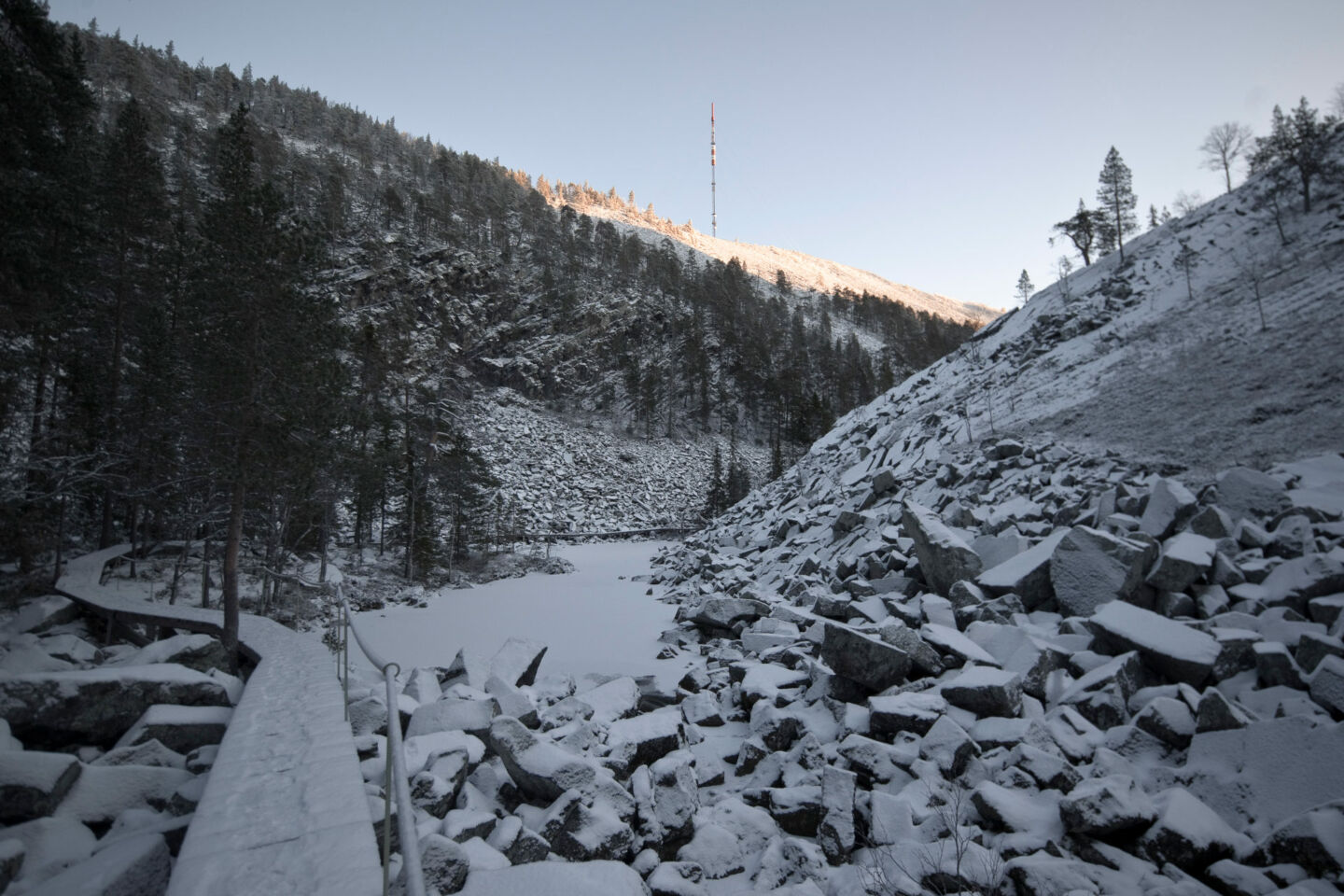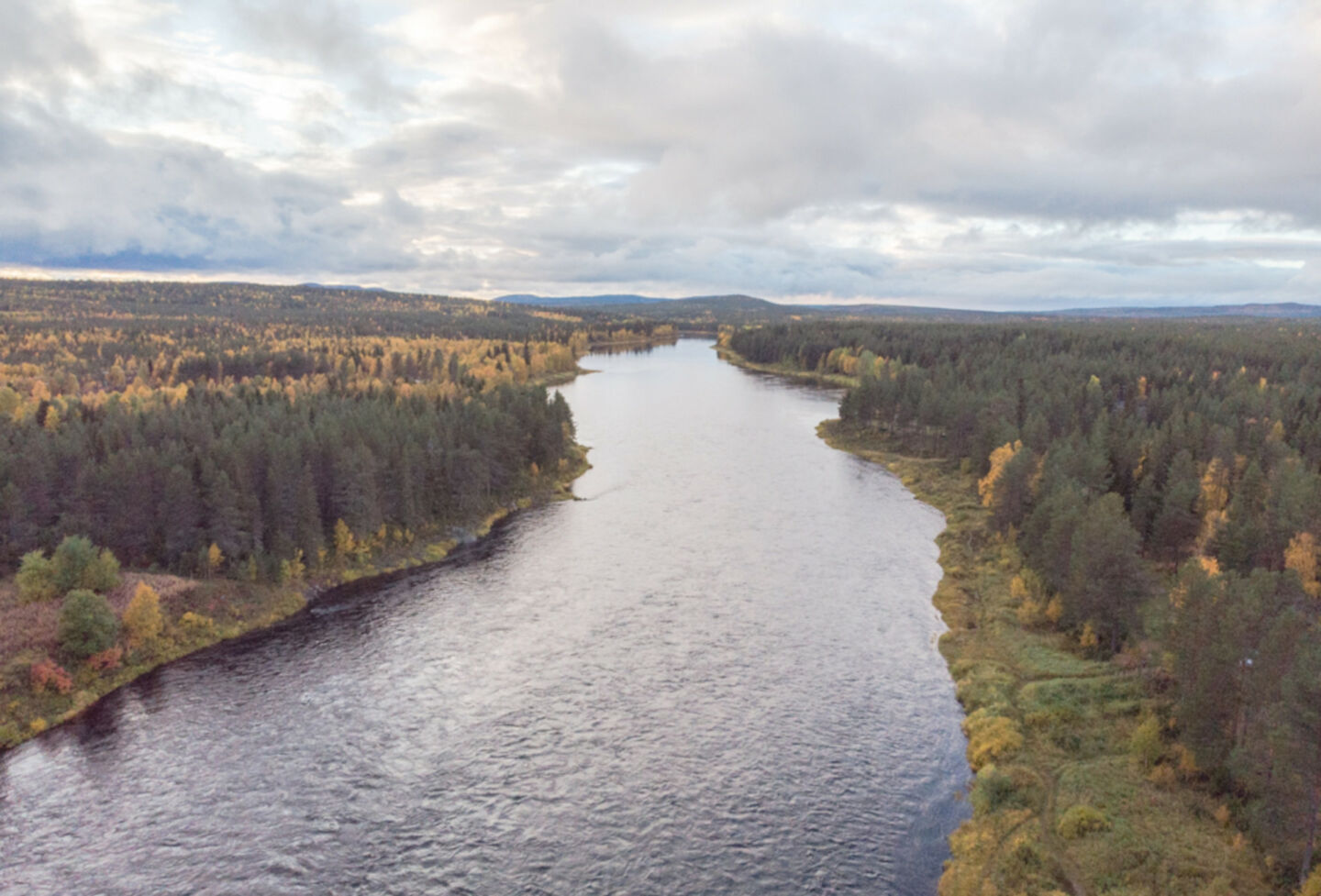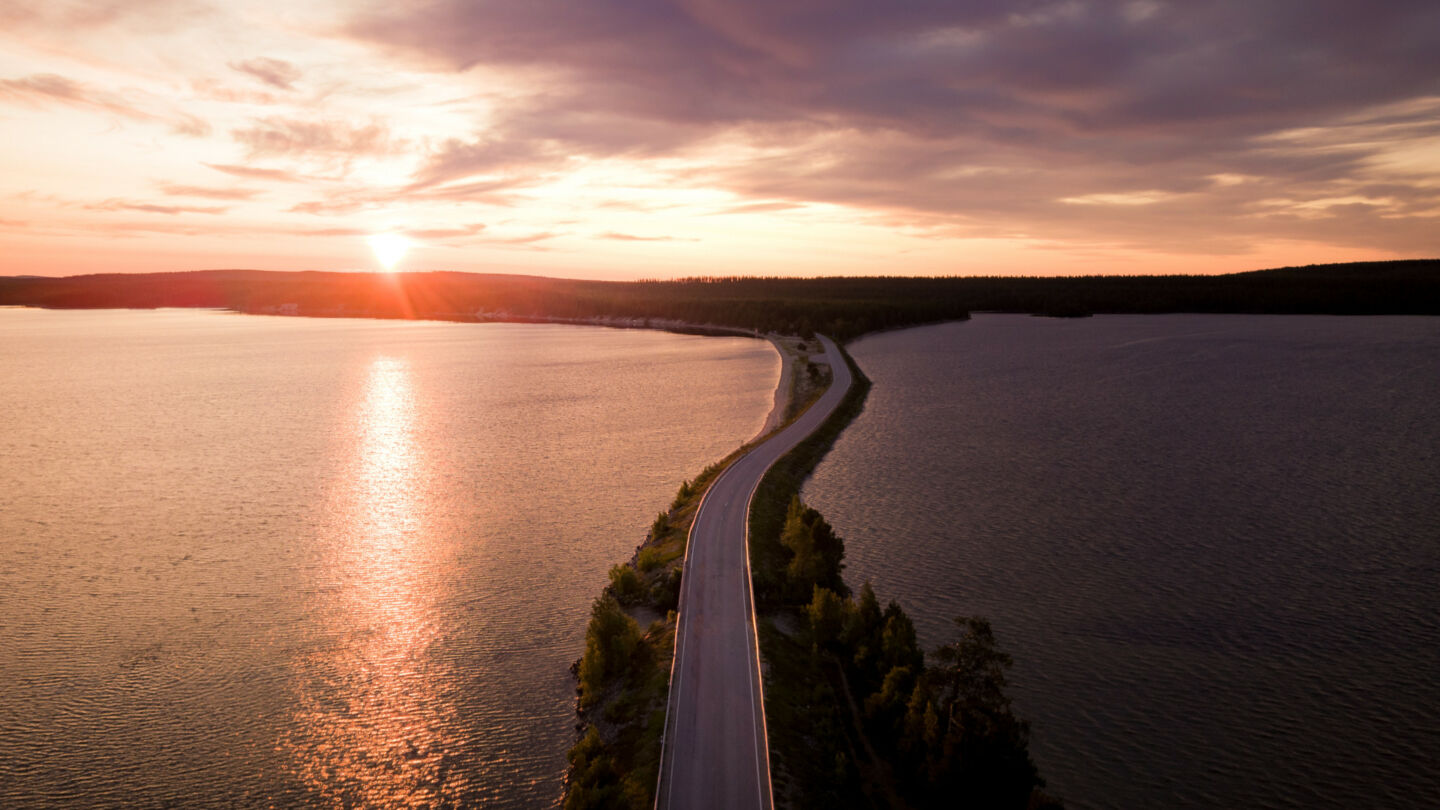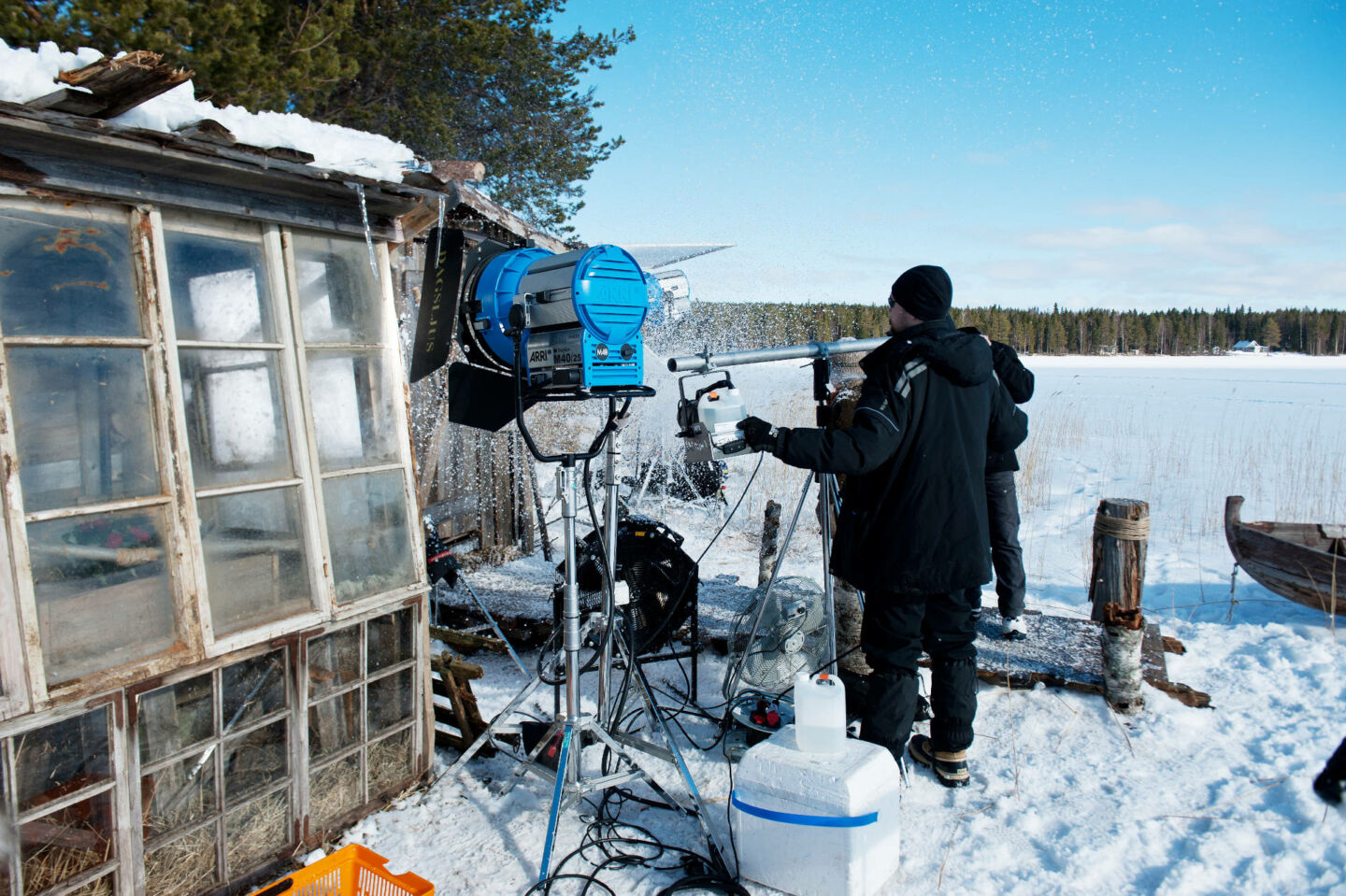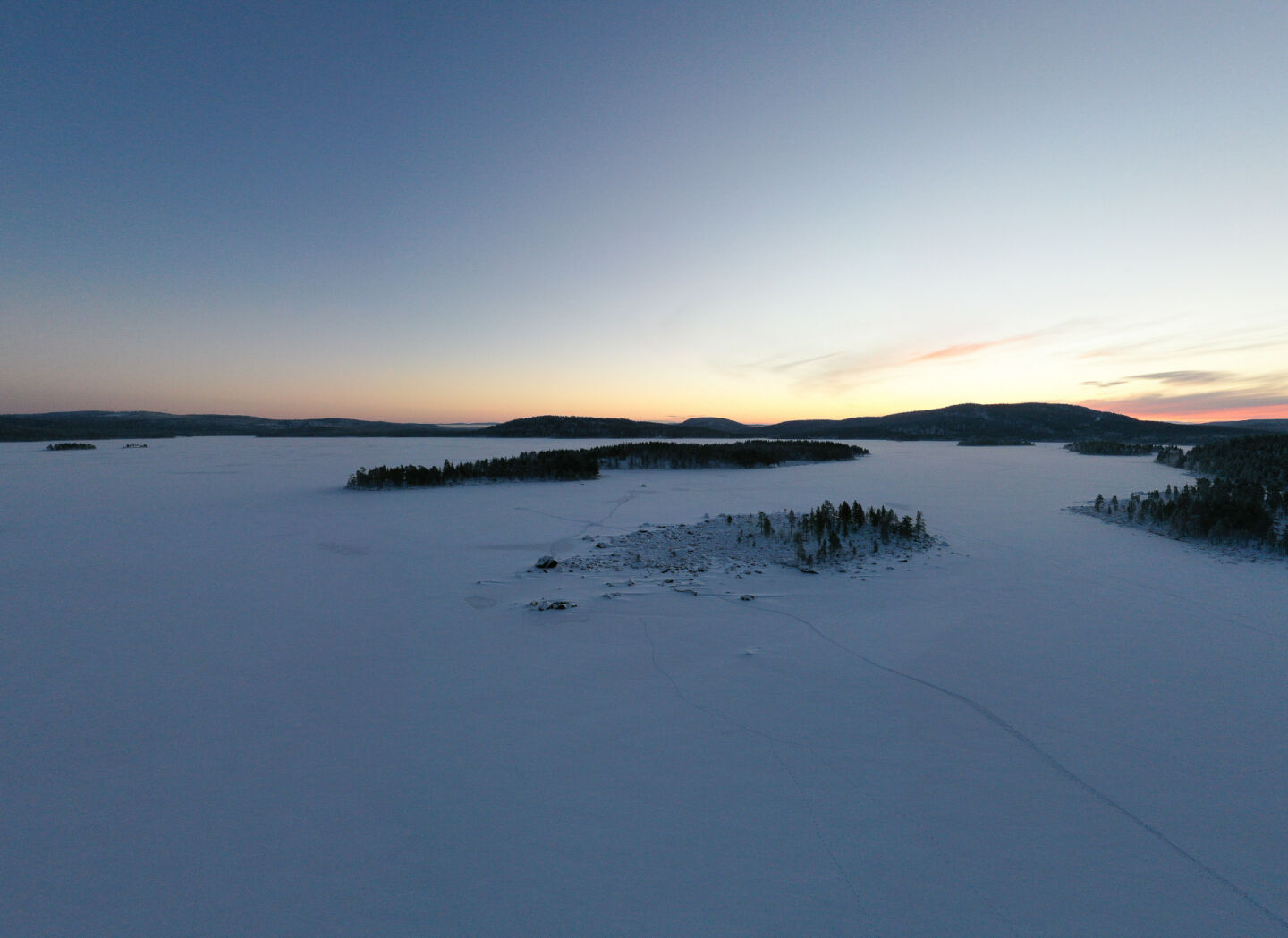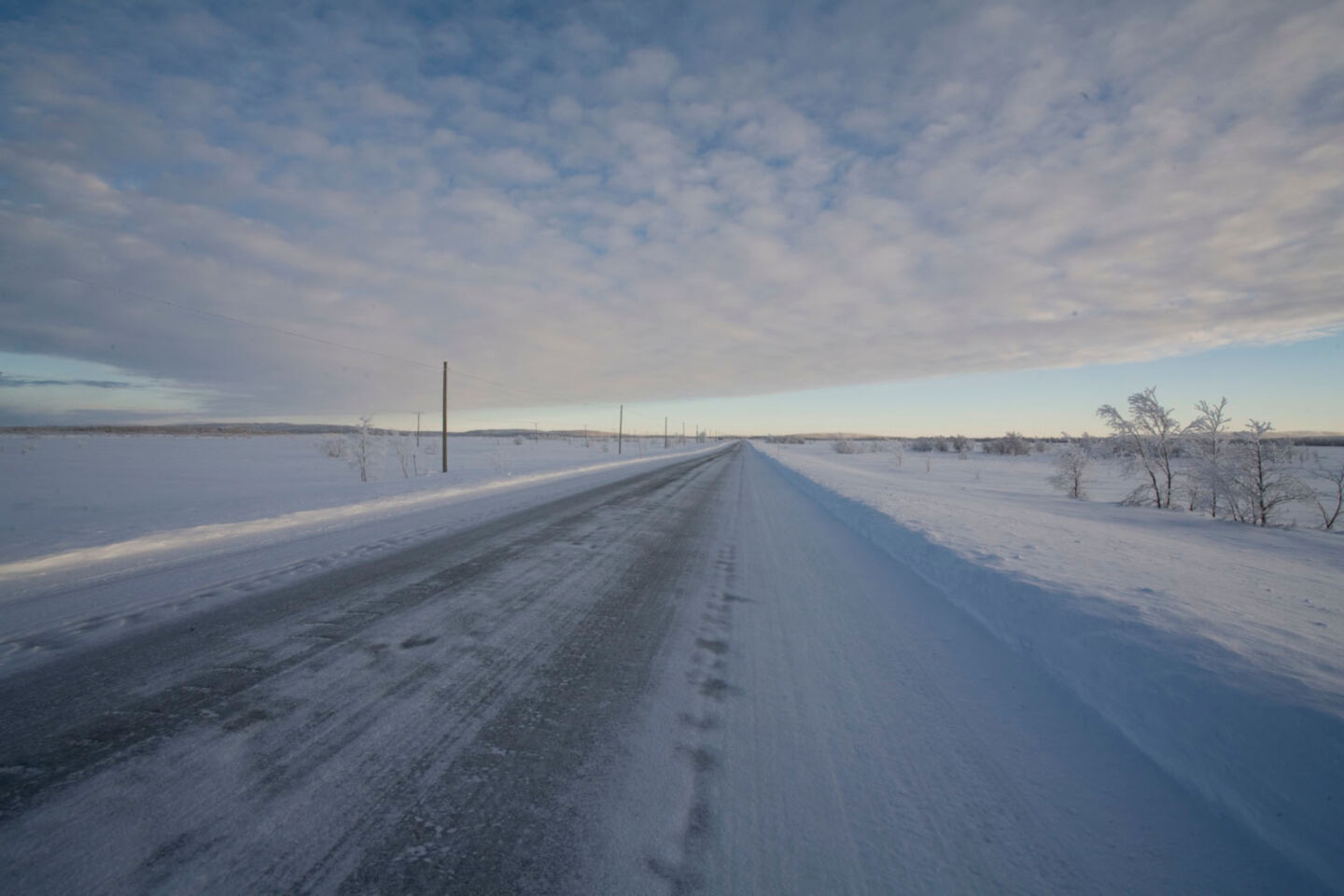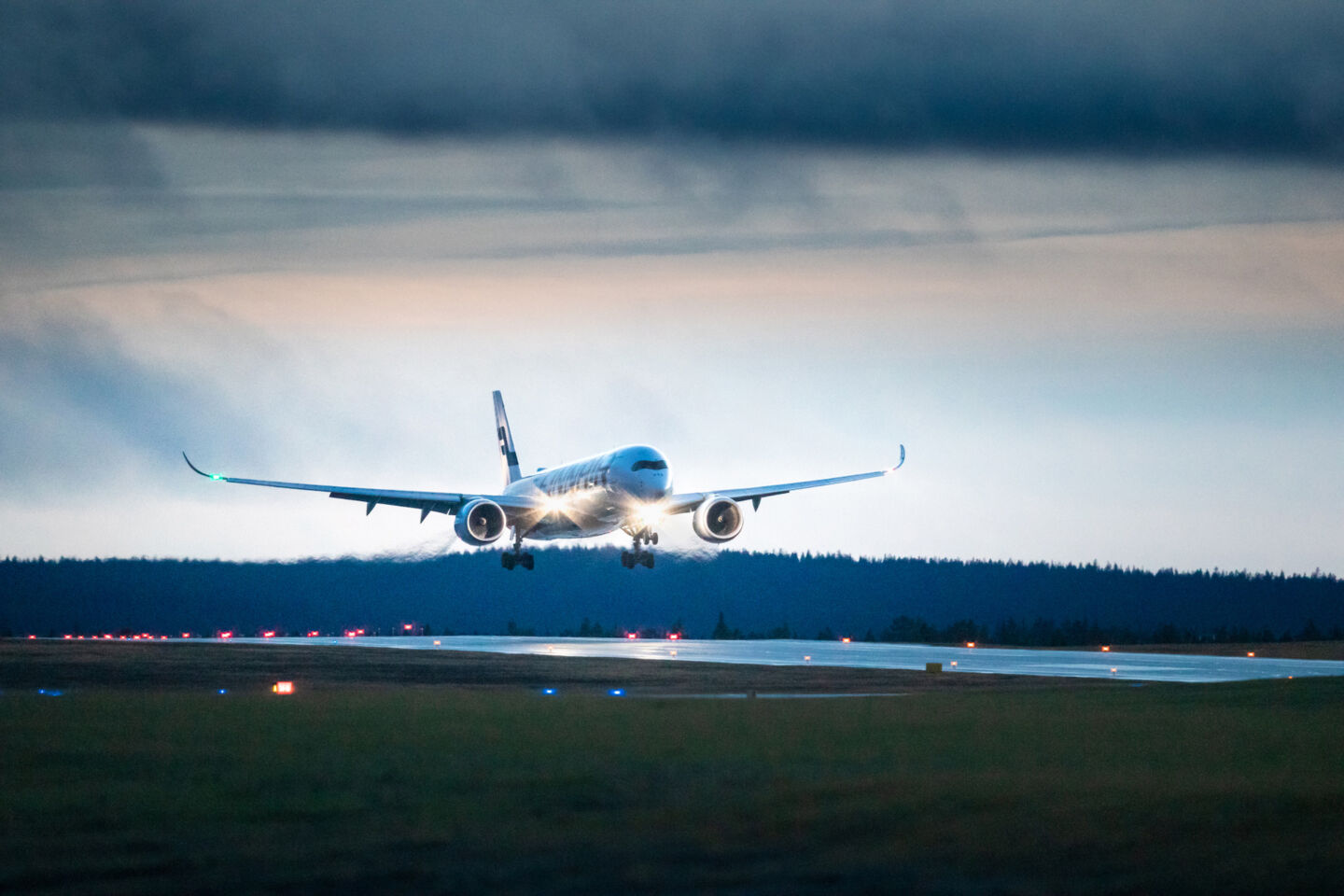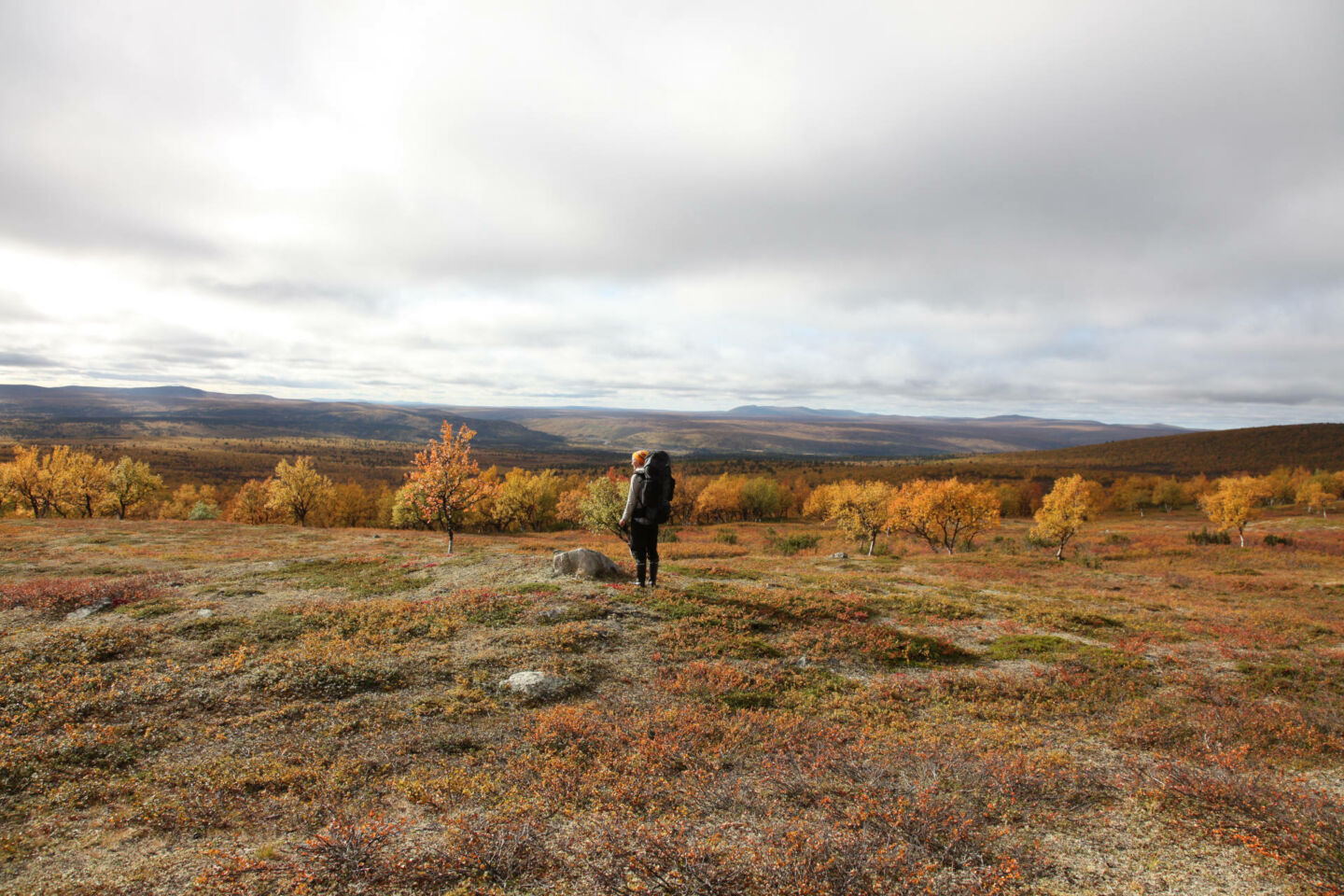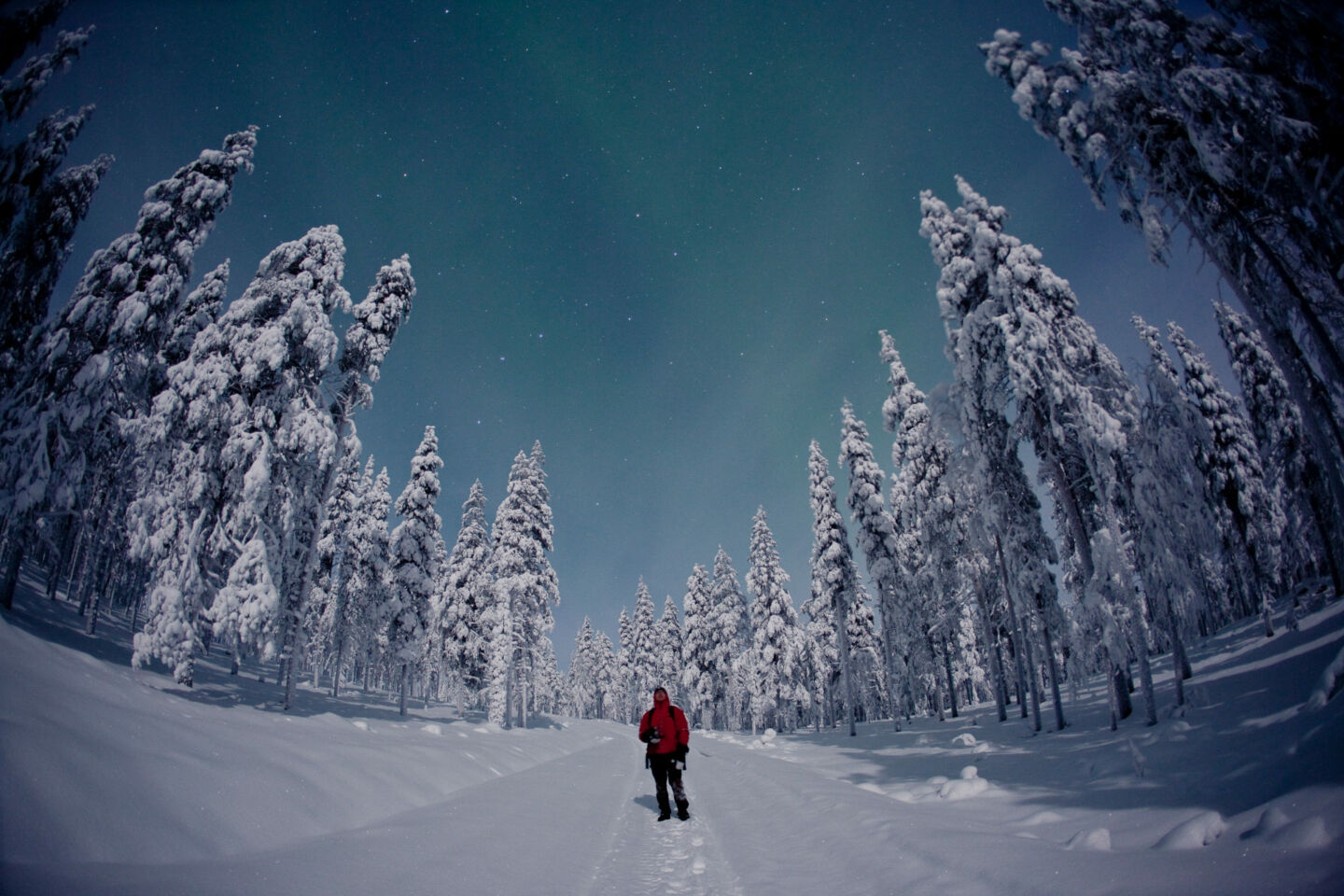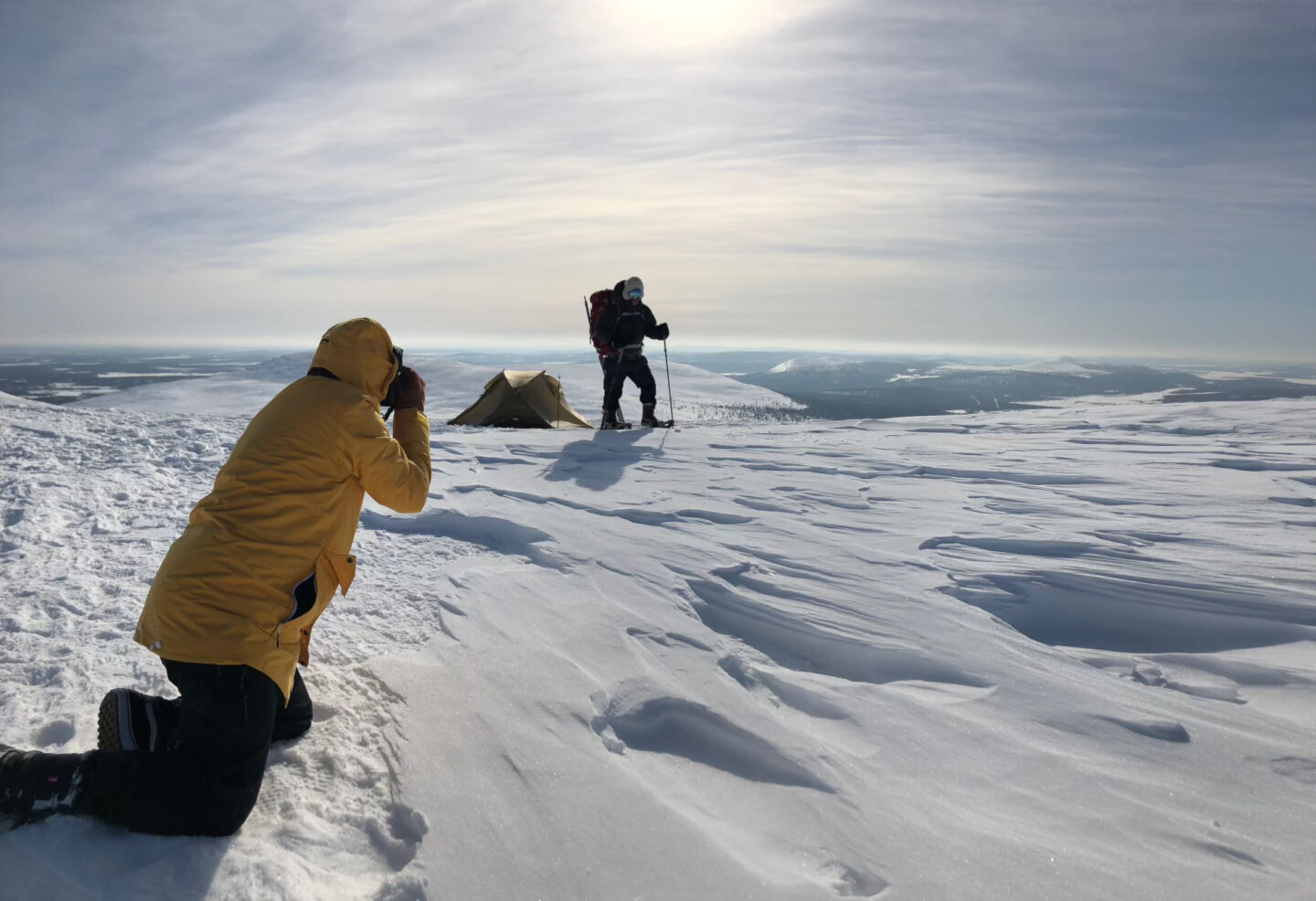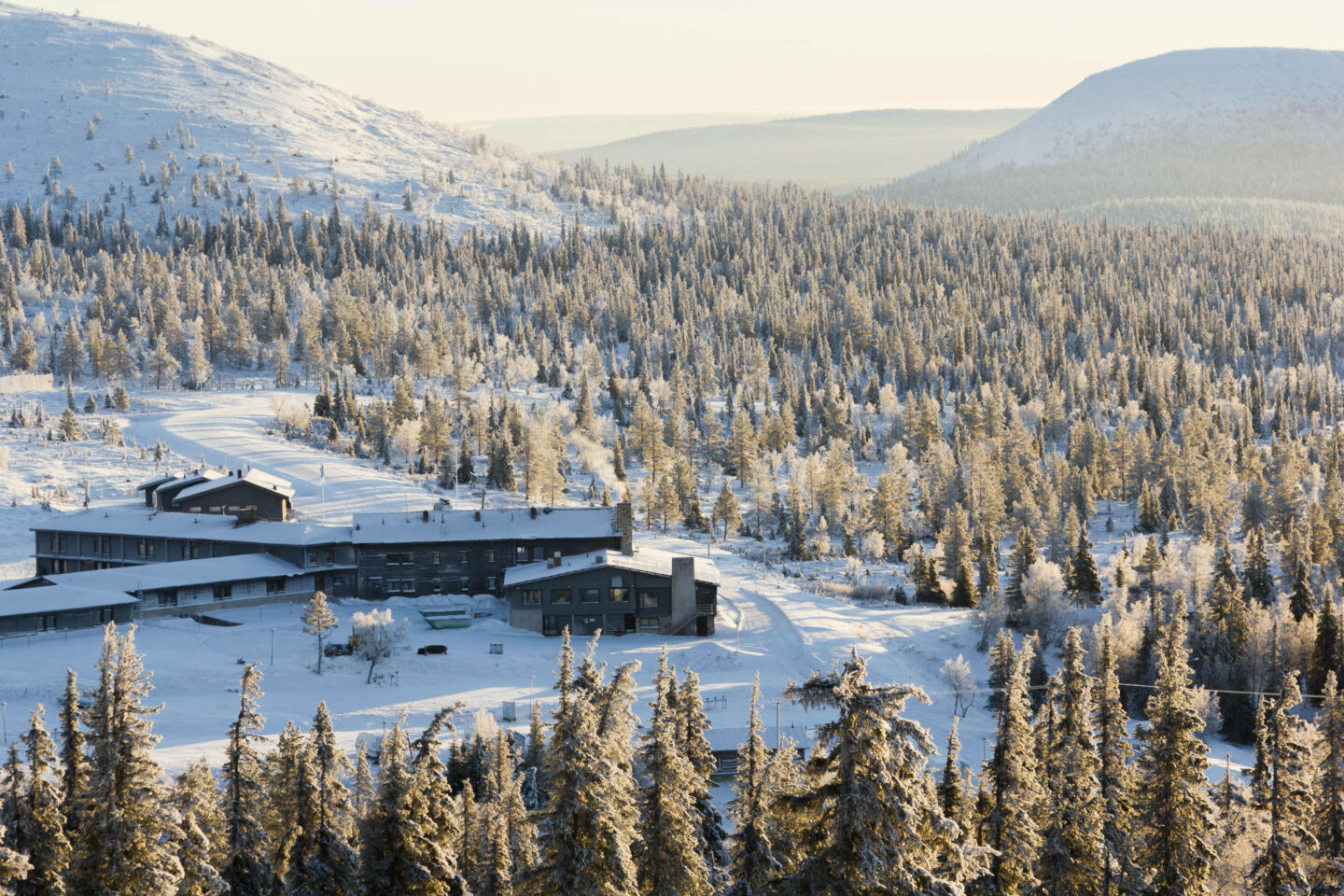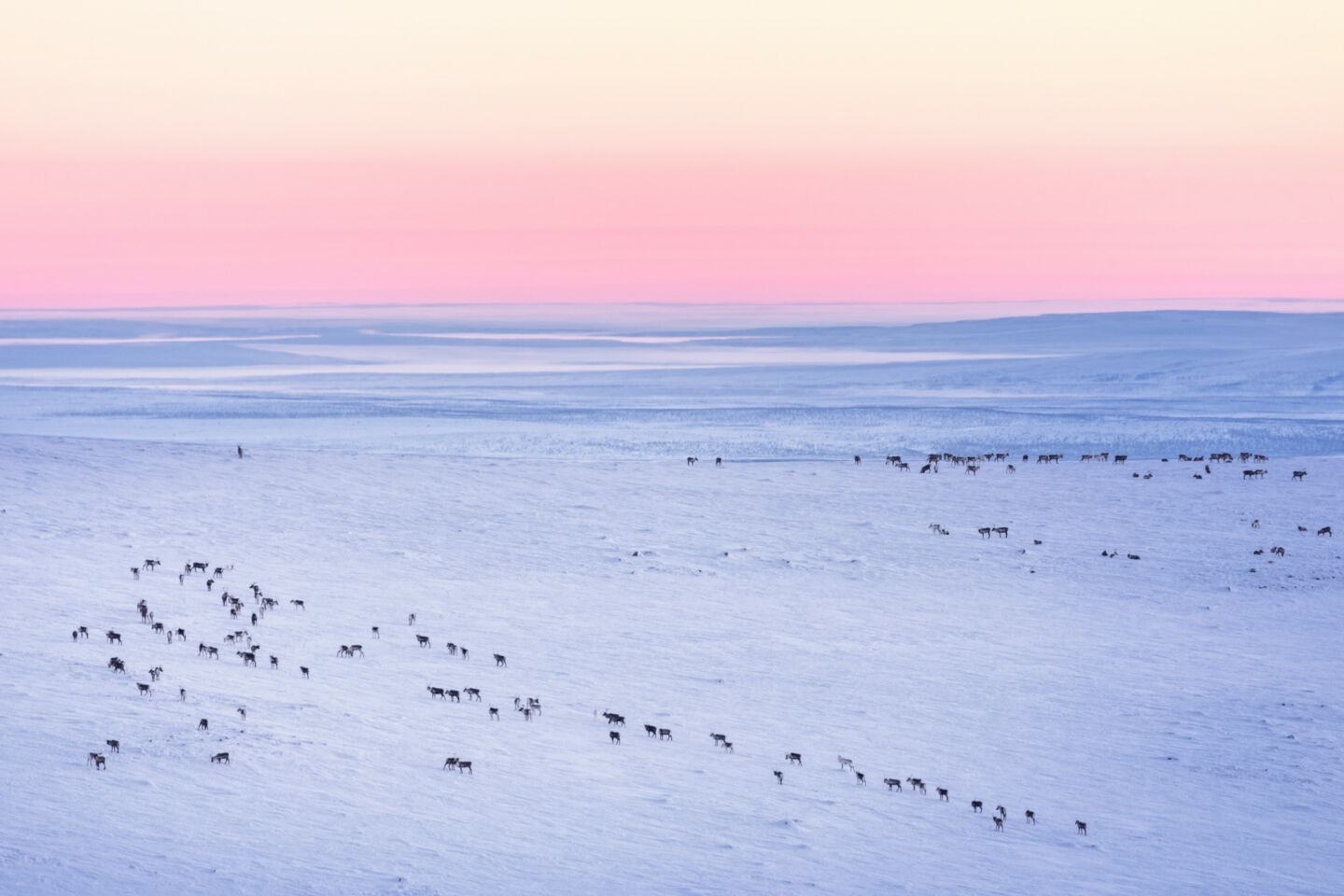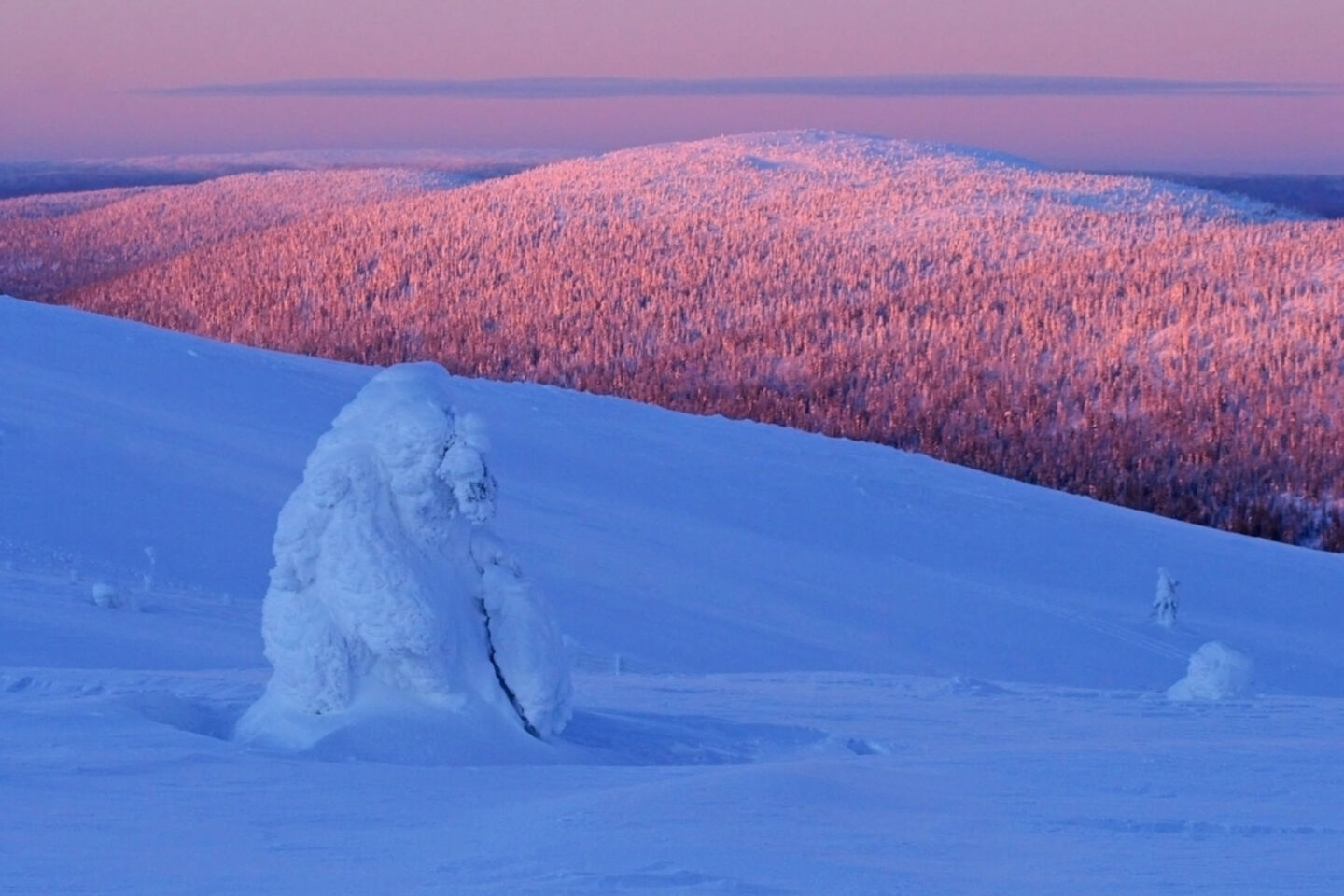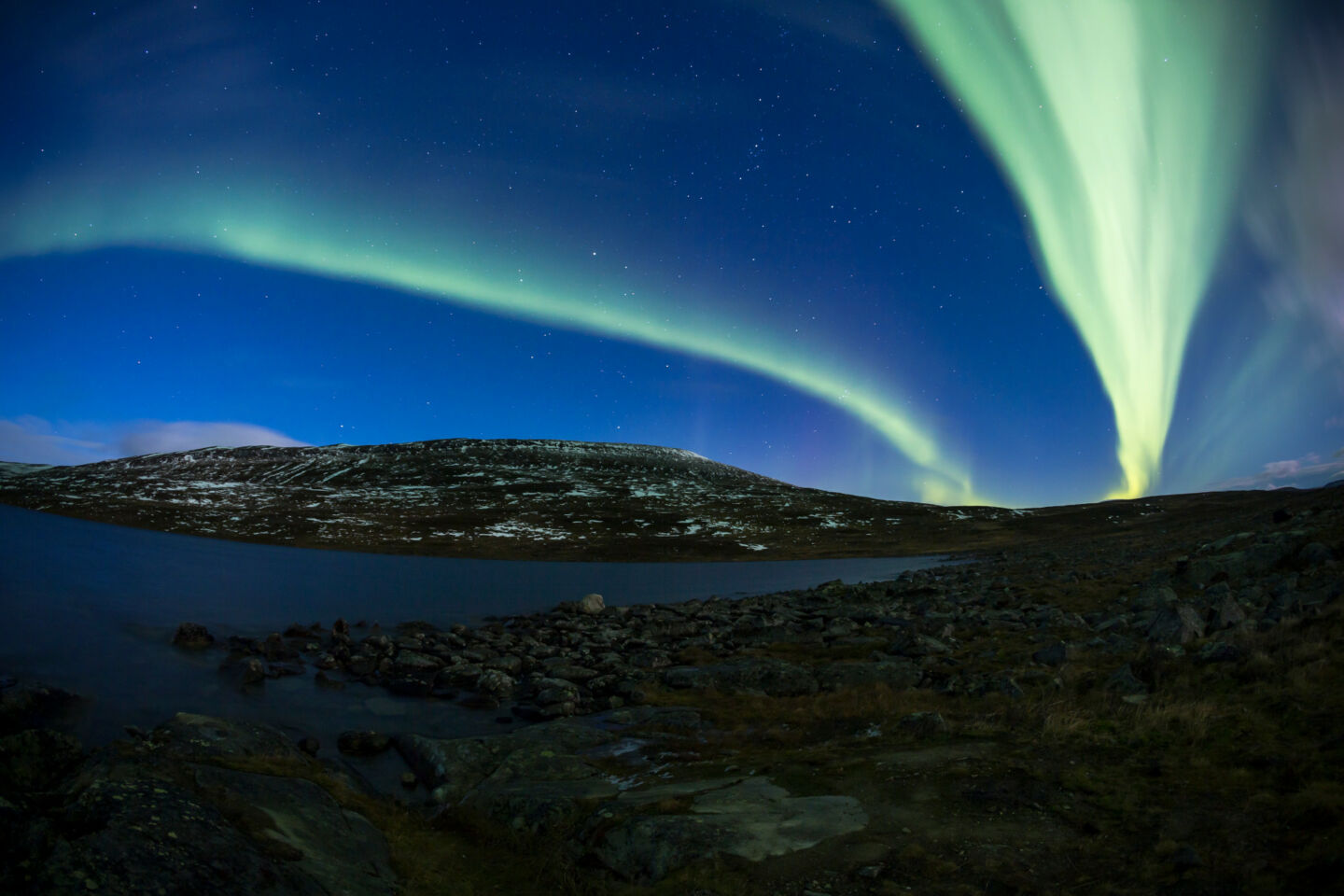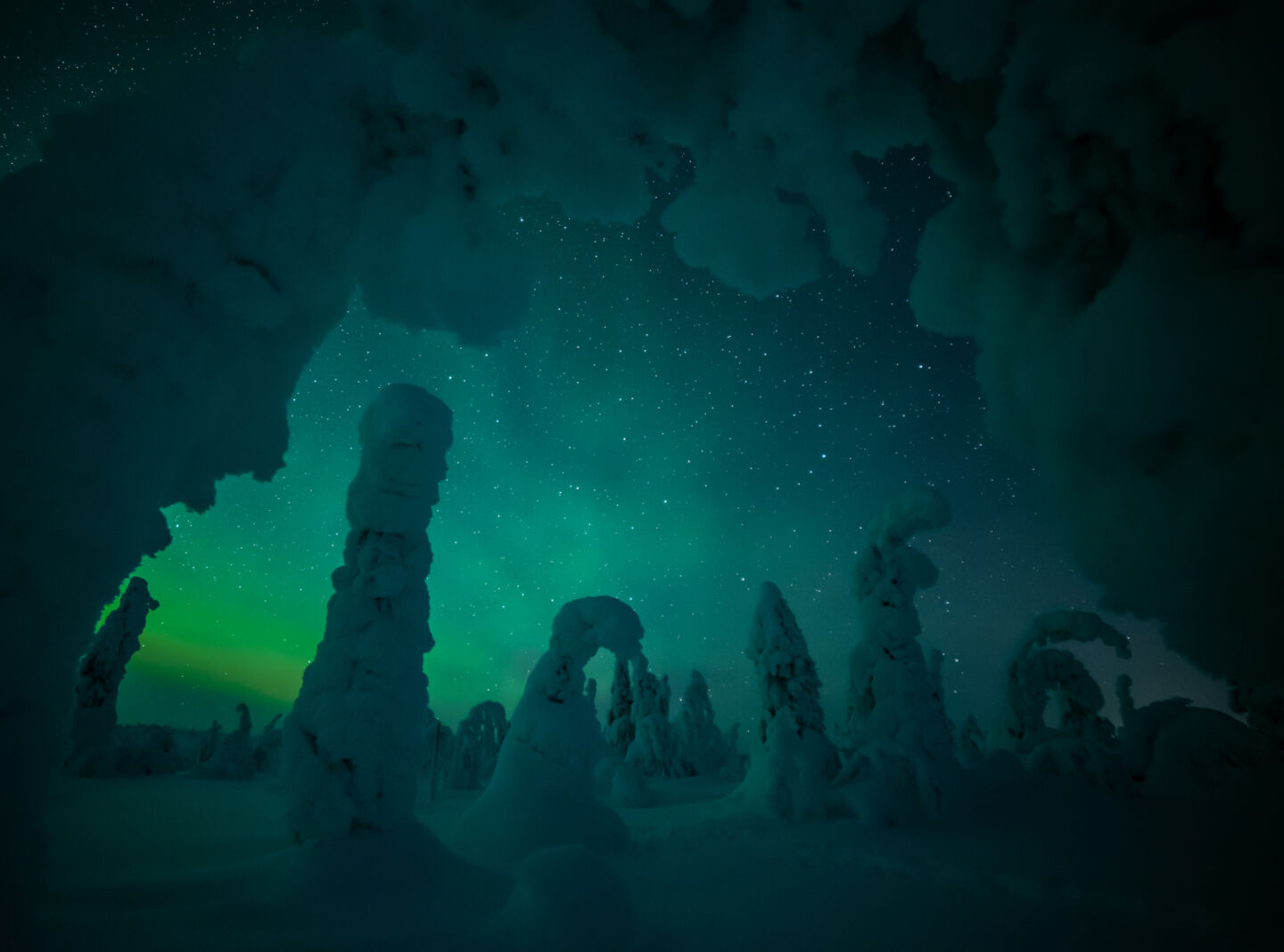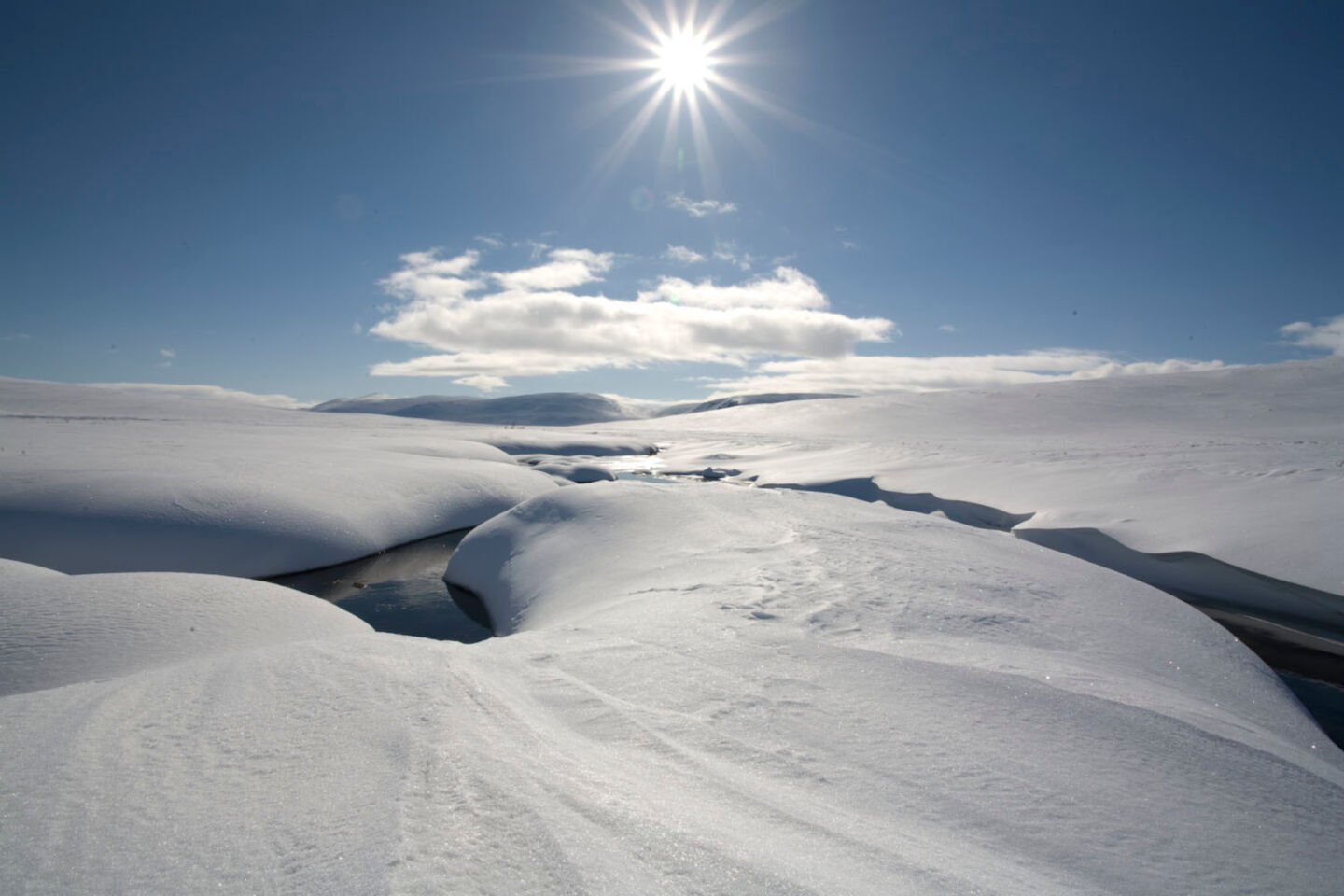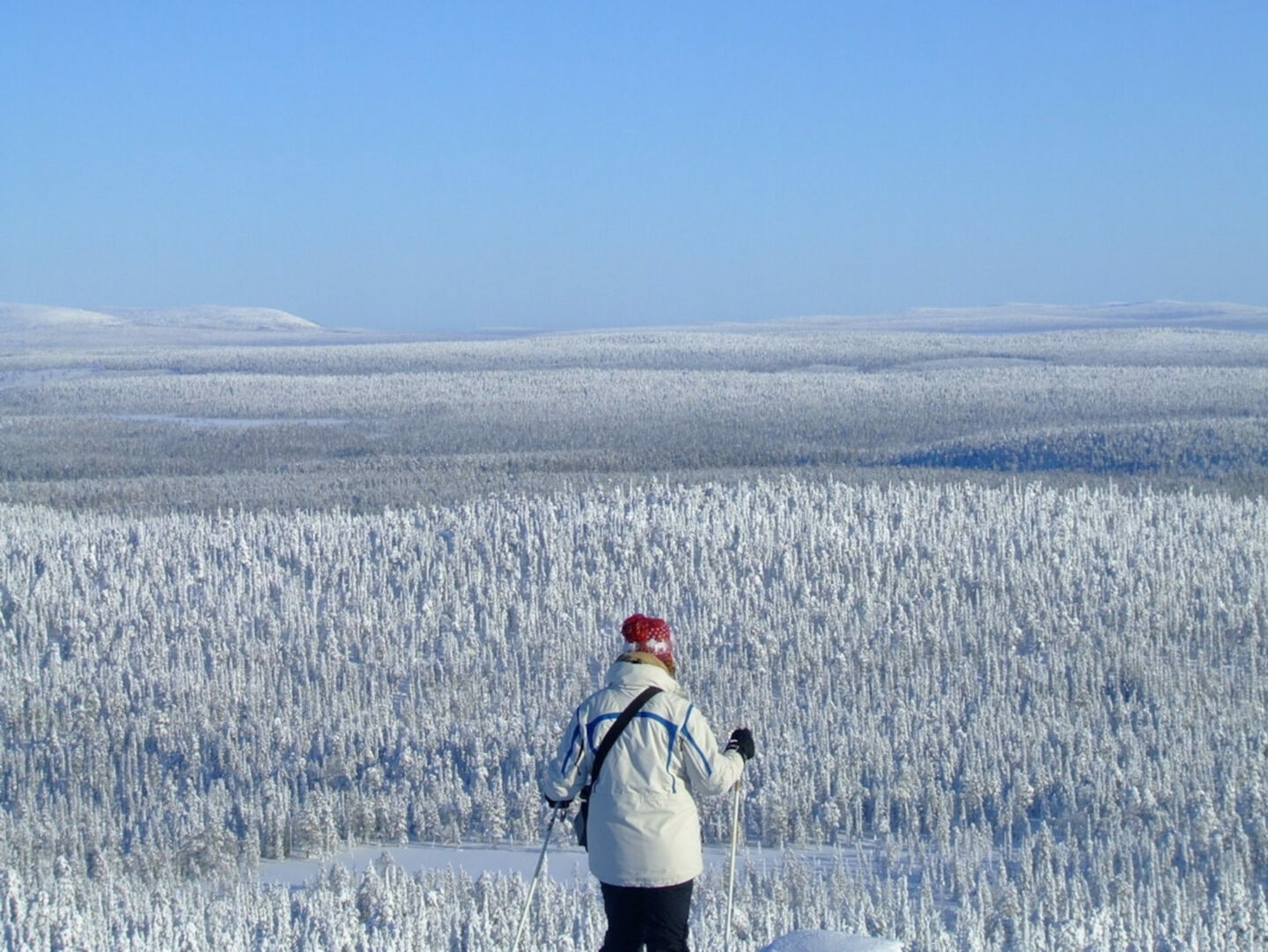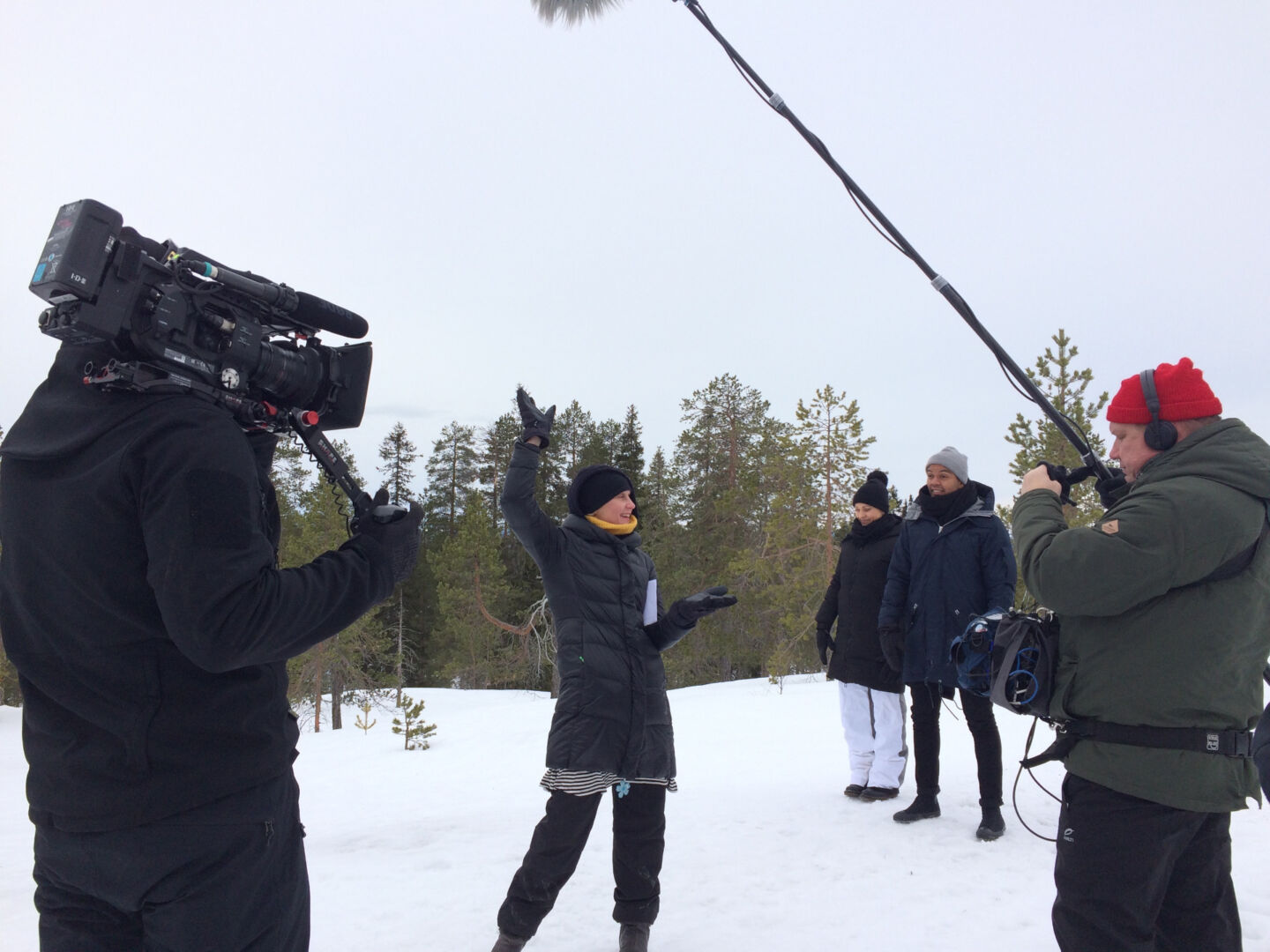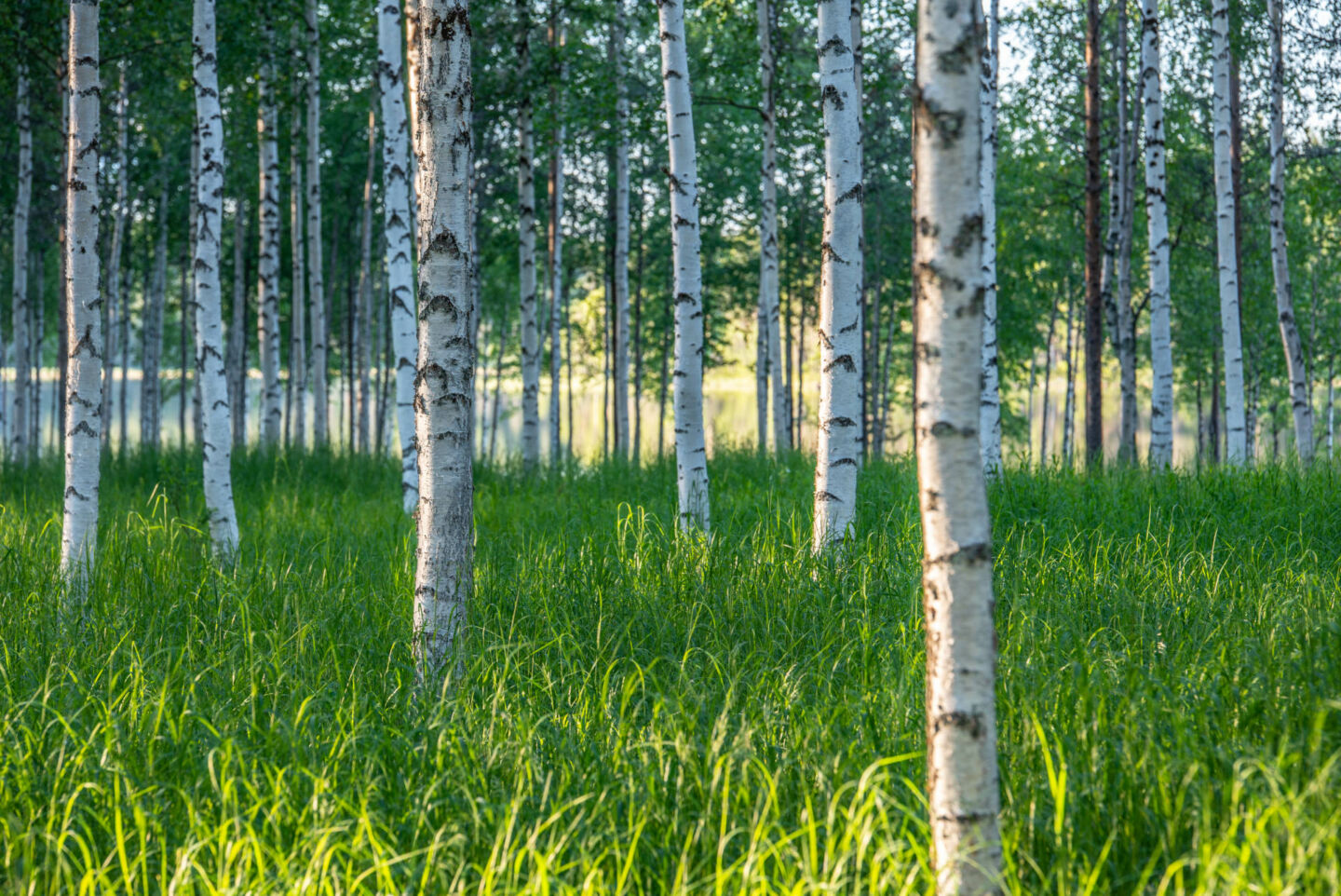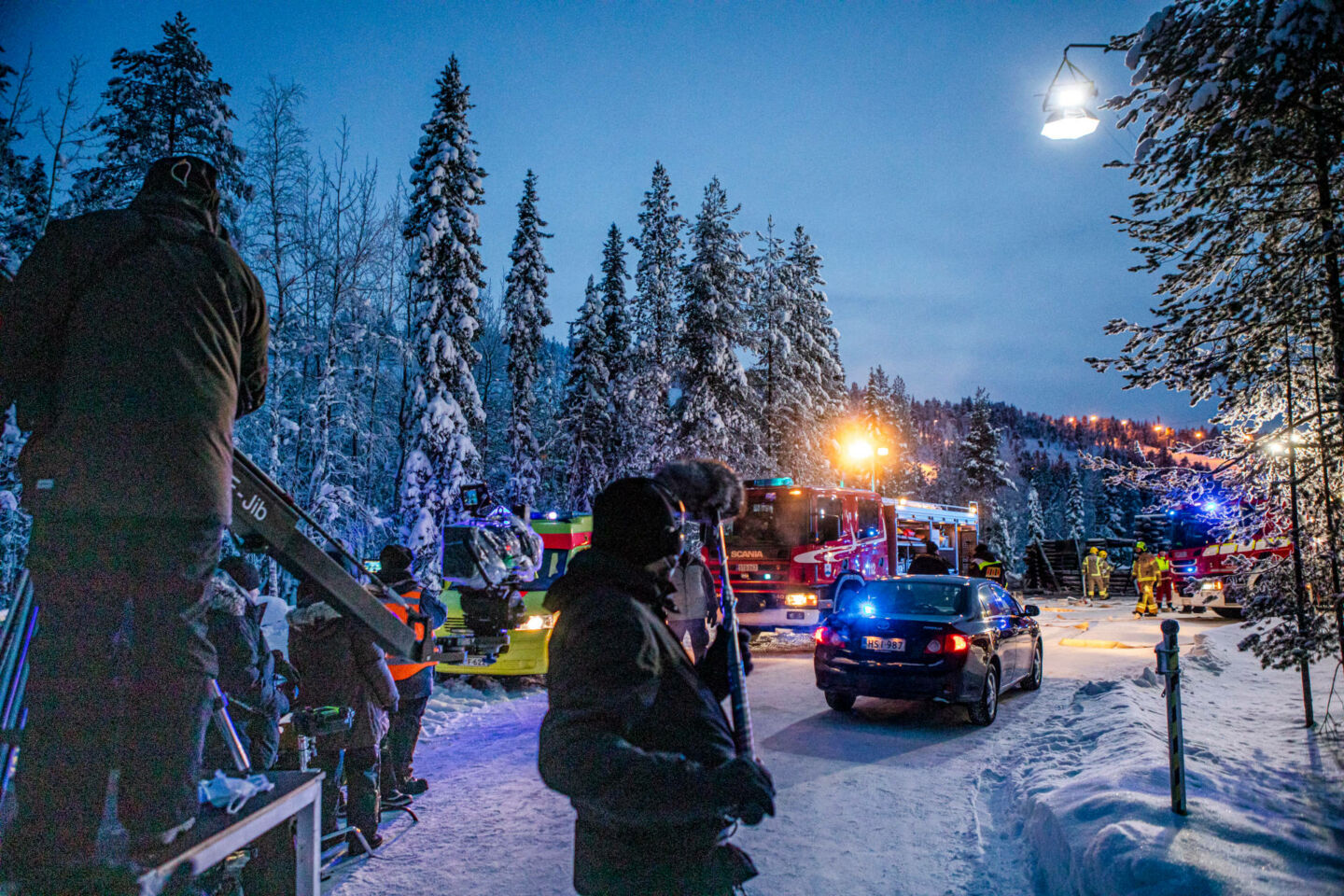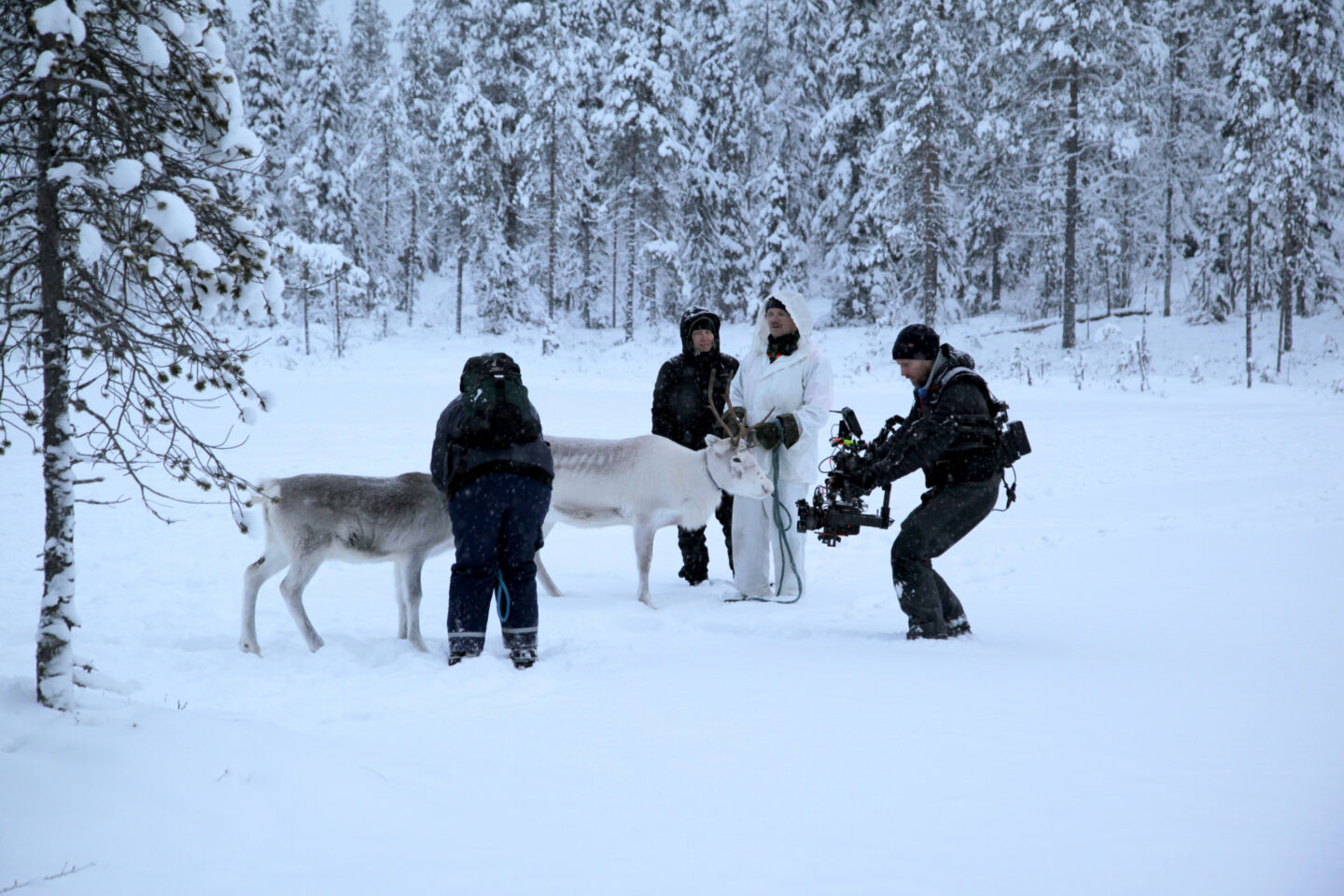We are home to Europe’s last wilderness film locations. If your production needs forests, marshes, Arctic fells and ravines, unbroken rivers & placid lakes, you need Lapland.
Welcome to true Arctic wilderness. Finnish Lapland has a wide variety of wild film locations, from old growth forests to stony Ice Age fells and everything in between. And best of all, we’re the most accessible Arctic wilderness on the planet. That means you spend less time hassling with logistics and traveling and more time behind the camera.
WILD LAPLAND
When it comes to filming the next Revenant (2015) or A River Runs Through It (1992), there are no substitutes for authentic wilderness settings. And when it comes to wilderness, you literally won’t find anything like Lapland anywhere else in Europe. Here we’ve put together a detailed list of our wilderness locations to inspire your next Arctic production.
Forests
There is a great band of taiga forest that wraps around the Eurasian continents like a wreath. And it passes right through Finnish Lapland. Here’s where you’ll find birch and pine trees, aspens and rowans, Christmas trees and more. In Finnish Lapland, our taiga forest locations includes both wilder old-growth forests and more maintained, industrial forests.
Marshes
In Finnish, Finland is called Suomi. Suo means marsh (or swamp, bog, etc., depending on who you’re talking to). And there’s good reason. In winter, our marshes are blanketed in snow, carving out great vast white spaces, occasionally punctuated with a snow-crowned tree. In summer, our marshes sprout wild flowers and berries.
Fells
If you’re unfamiliar, a fell is a special kind of hill, often carved flat by Ice Age glaciers and sprinkled with stones. Western Lapland is home to our most popular fells (and ski resorts), but as you travel northwest, the fells grow into Finland’s only mountains. There are many different kinds of fells, and they all have their own unique character.
Fell fields are a specialty in northeastern Lapland. Here, our fell film locations are vast and open, and the climate doesn’t permit trees to grow very tall. It’s not quite tundra, but the landscapes and weather, especially in winter, are close enough for the camera.
Stone fields
The name kinda says it all, right? You can find them across Lapland, spilling across fells and fields.
Ravines
When you have fells, and you have rivers, you’re gonna get ravines. Sometimes also called gorges, our ravines are sometimes shallow, sometimes deep, alternatively stony and green.
Rivers
Speaking of rivers, Lapland is home to Europe’s longest unbroken river (Tornio River). You’ll find rivers both great and small, deep and shallow, but always photogenic.
Lakes
Finland is called the Land of a Thousand Lakes, but it’s more like 100,000 lakes. From Lake Inari, the country’s third largest, and sometimes called the Sámi Sea because of its size, these are basically summer distilled into a geographic feature. In winter, they freeze enough to drive snowmobiles and even bigger vehicles across the ice.
ACCESSIBILITY IS KEY!
There’s a reason so many productions choose Finnish Lapland over other Arctic locations. For the past few decades, we have focused on making Lapland the most accessible wilderness location in the north. Here are a few key things you can count on when getting to or traveling around in Finnish Lapland:
International Airports
We have five international airports in Lapland. In the peak season (winter), these airports have daily, direct connections to cities around Europe and beyond. No matter the season, you can always reach Lapland airports via Helsinki.
Modern, maintained infrastructure
Our roads are kept clear and safe all year round, even in the most remote parts of Lapland. This means you never have to worry about getting to the action. There are also plenty of smaller roads* that reach even further into the wilderness that are often accessible in every season.
* Heavy vehicle? No problem. Even our small public roads are built for trucks and other big vehicles.
Broadband service
Lapland is where the wild Arctic meets Finland’s IT bona fides. With few exceptions, you can stay connected during your shoot.
Everyone’s Right
Accessibility is more than just highways and tarmacs. Everyone’s Right, or the Right to Roam, means in most places and most cases, you can film in Lapland’s wilderness without film permits. Less red tape, more red sunsets please.
Accommodation
When you think Arctic travel, you might be thinking winter tents in the middle of the tundra. And sure, we can do that too. But in Finnish Lapland, you’re never far from world-class accommodation services, including hotels, cabins and holiday villages. Yes, even in the middle of the tundra.
Support services
Lapland’s decades as a leader in wilderness tourism means we have a comprehensive, professional support services network.
ARCTIC ATTRACTIONS
What do you get when you combine true wilderness film locations with possibilities found only north of the Arctic Circle? (Hopefully an Oscar.)
Unique Light Conditions
Every season in Lapland brings with it its own unique light conditions. For example, the stunning colors of Polar Night are what brought the production of A Boy Called Christmas to Lapland.
The Northern Lights are a common occurrence in Lapland (appearing on average every other night, weather-permitting), yet no less romantic for their frequency. Just ask productions like Snow Flower.
Spring in Lapland sees long bright days reflected off deep snow cover aka Snowshine. Don’t forget your ND filters!
As films like Master Cheng (A Spice for Life) show, from May to late August, there’s virtually no nighttime in Lapland. The Midnight Sun means you’re not chained to a tight daylight schedule. Even better, the golden hour stretches out long past 60 minutes as the sun circles the horizon around dawn and dusk.
Local Production Services
Our growing production services industry gives you access to priceless and professional local know-how. Services available in Finnish Lapland range from location scouts through post-production.



